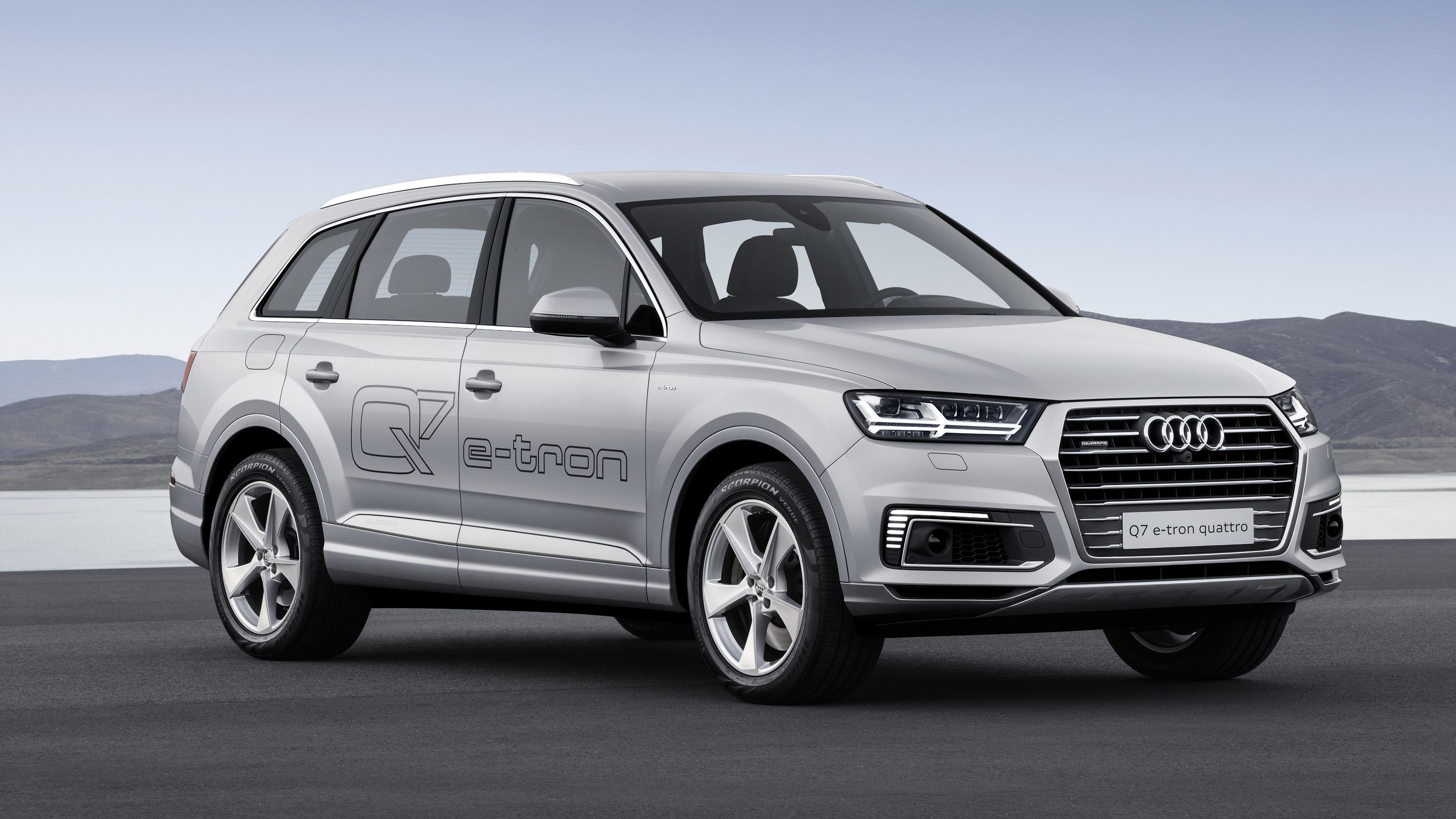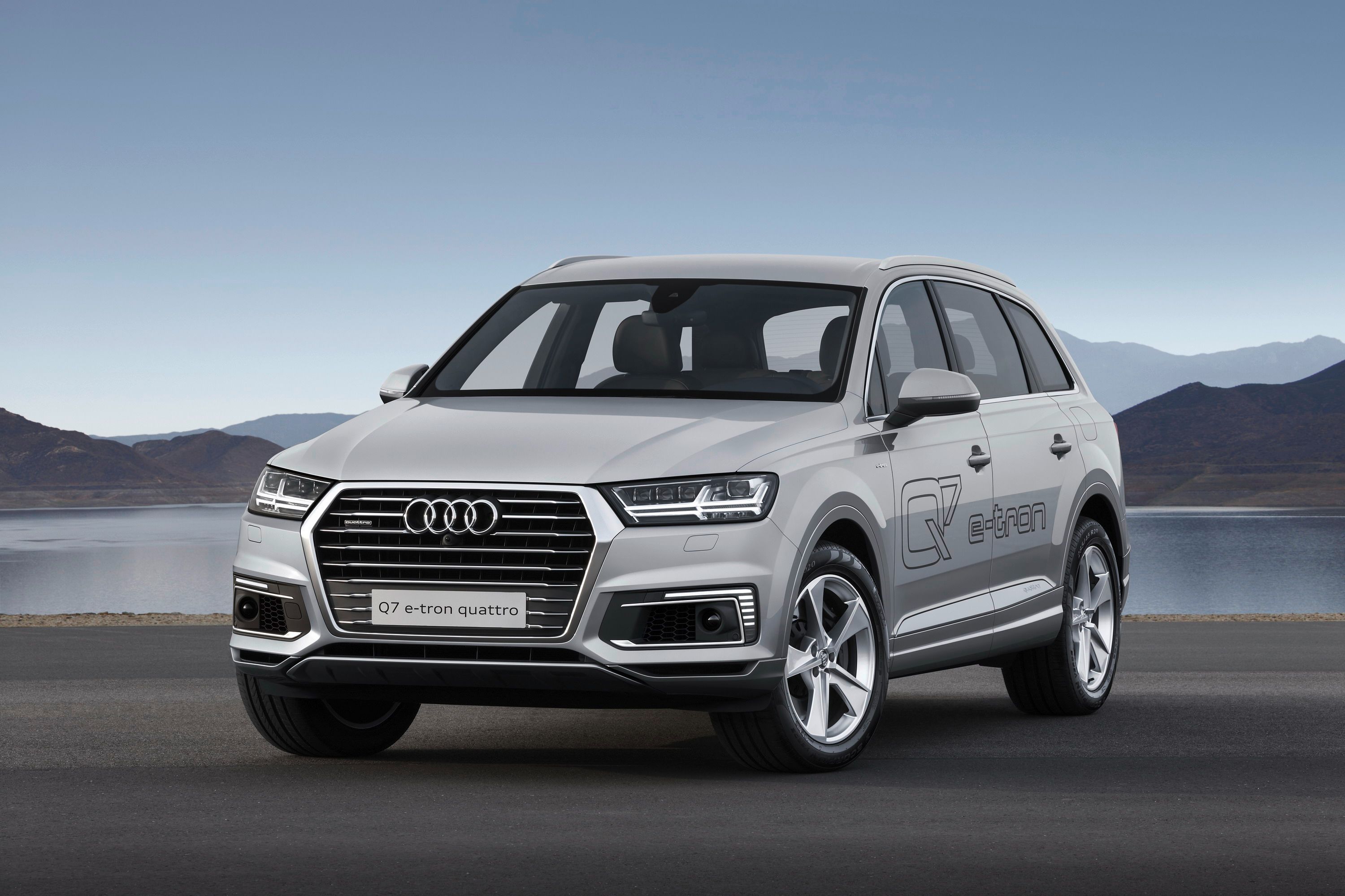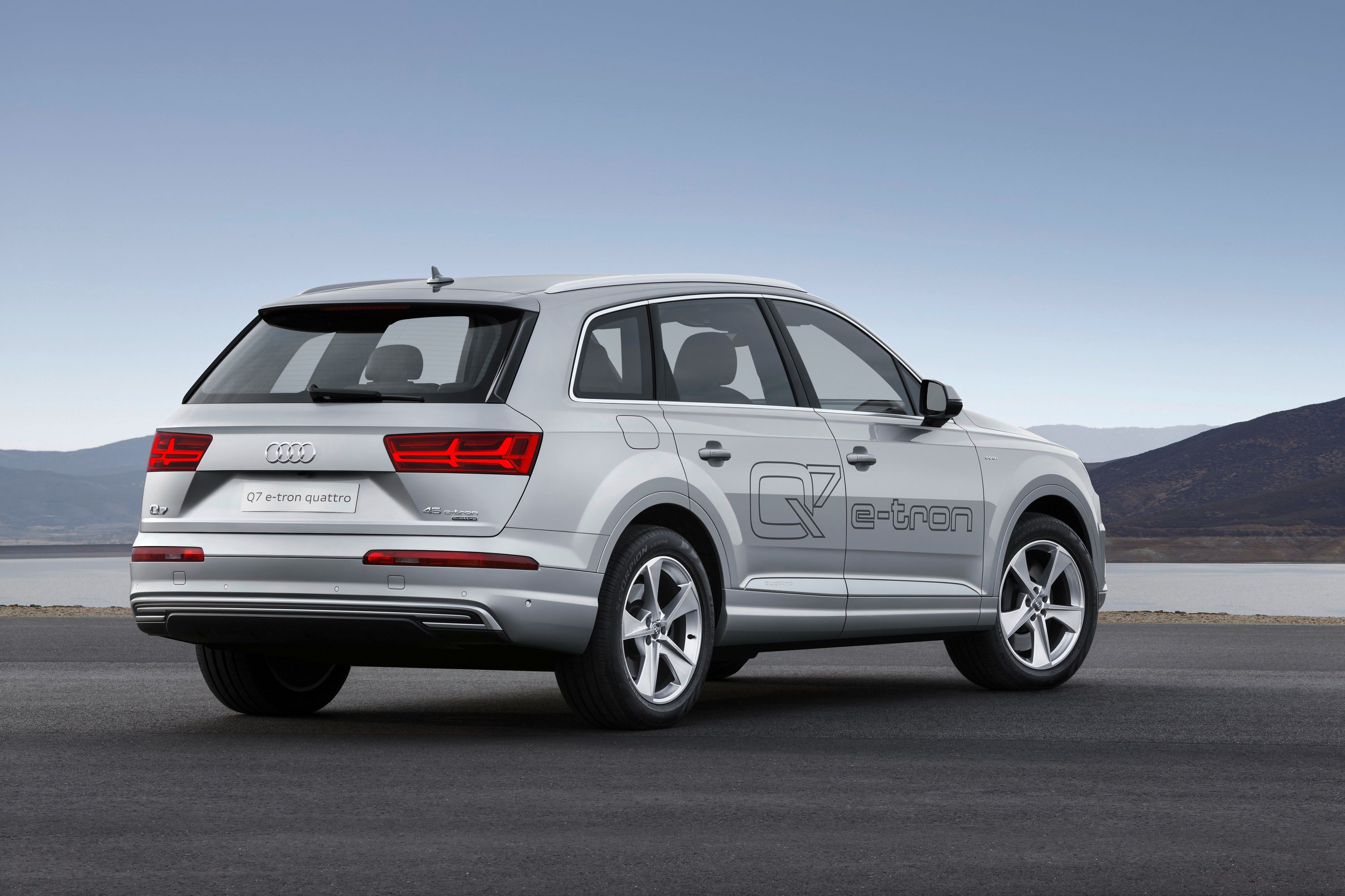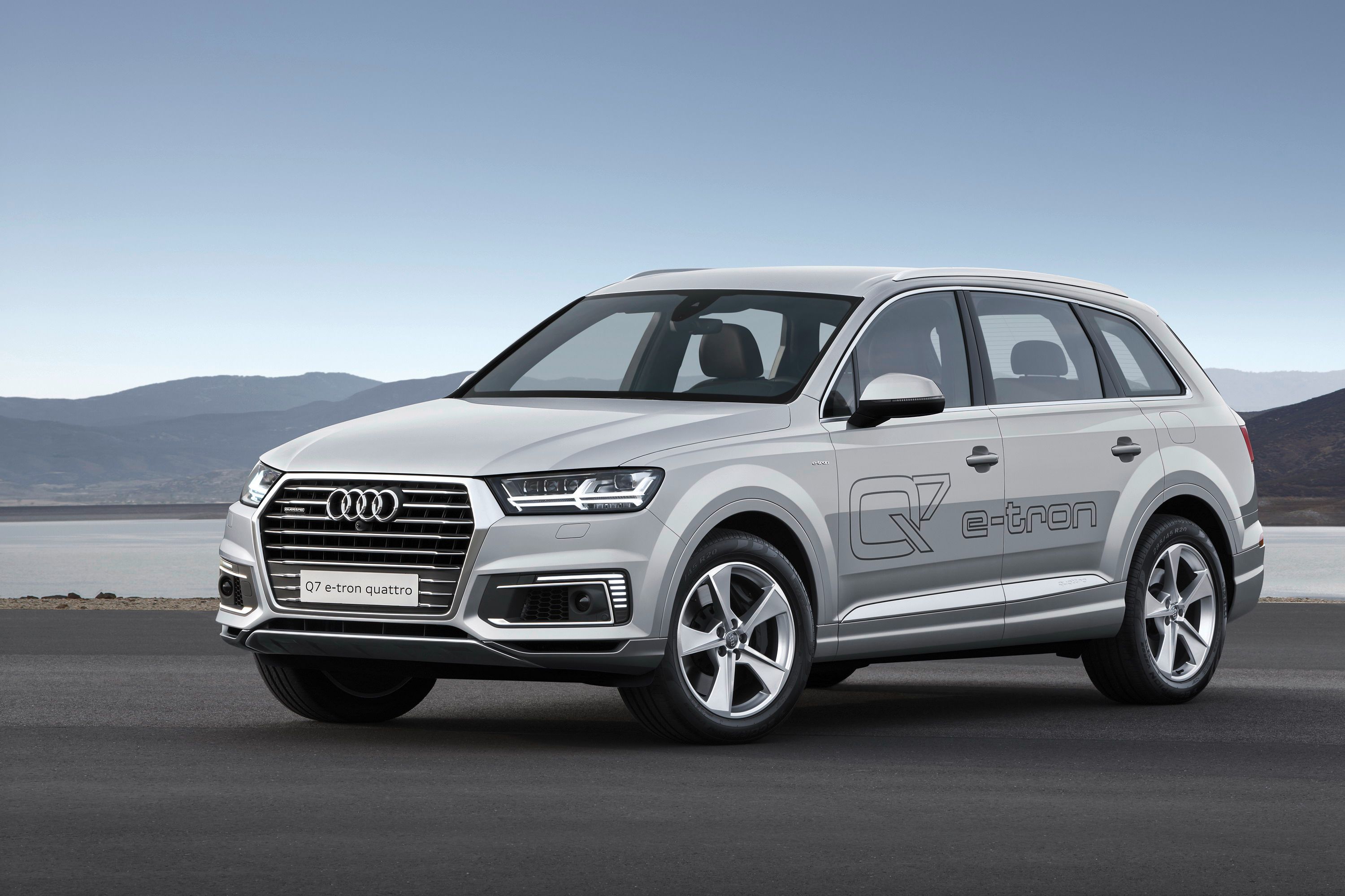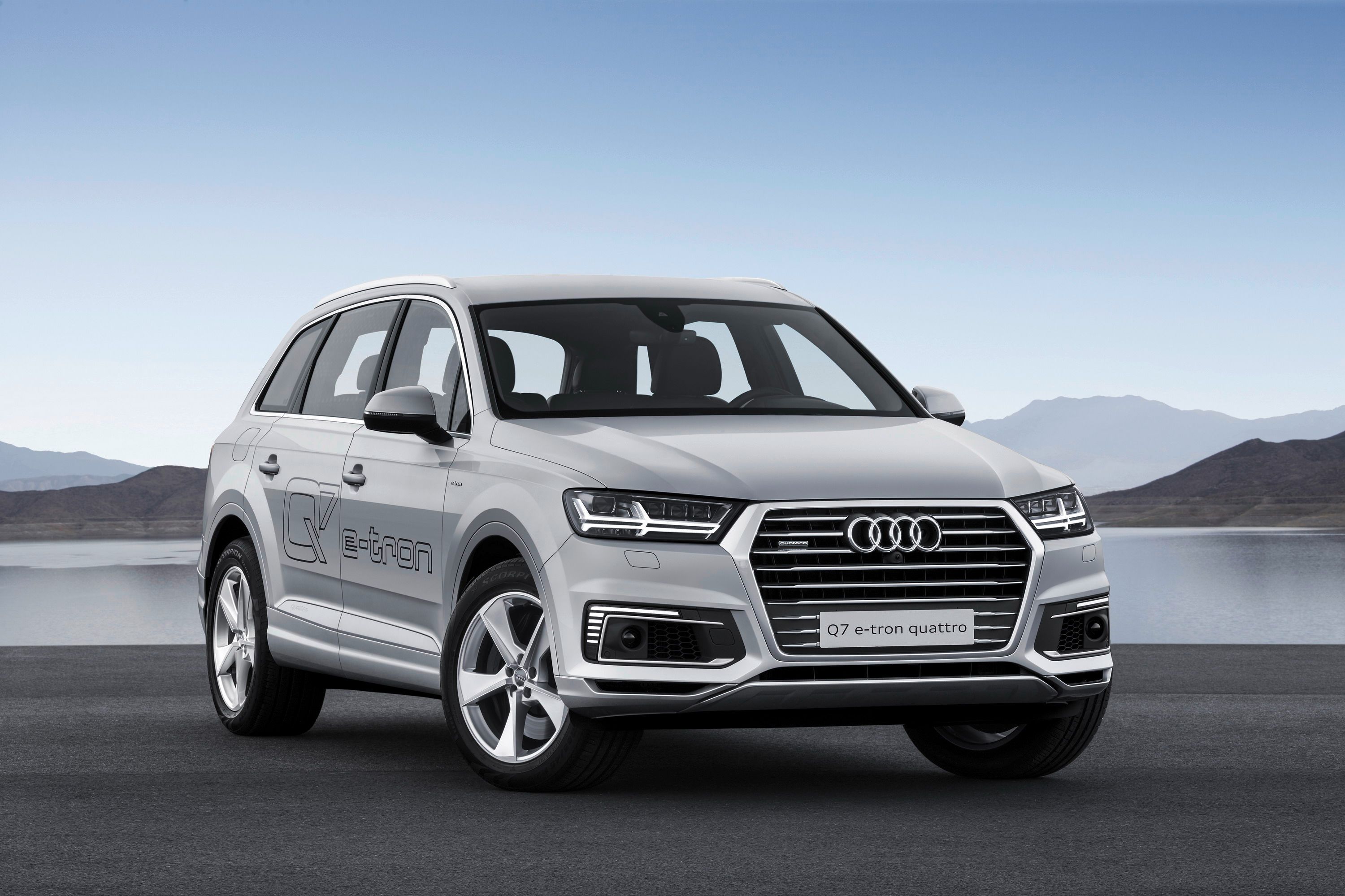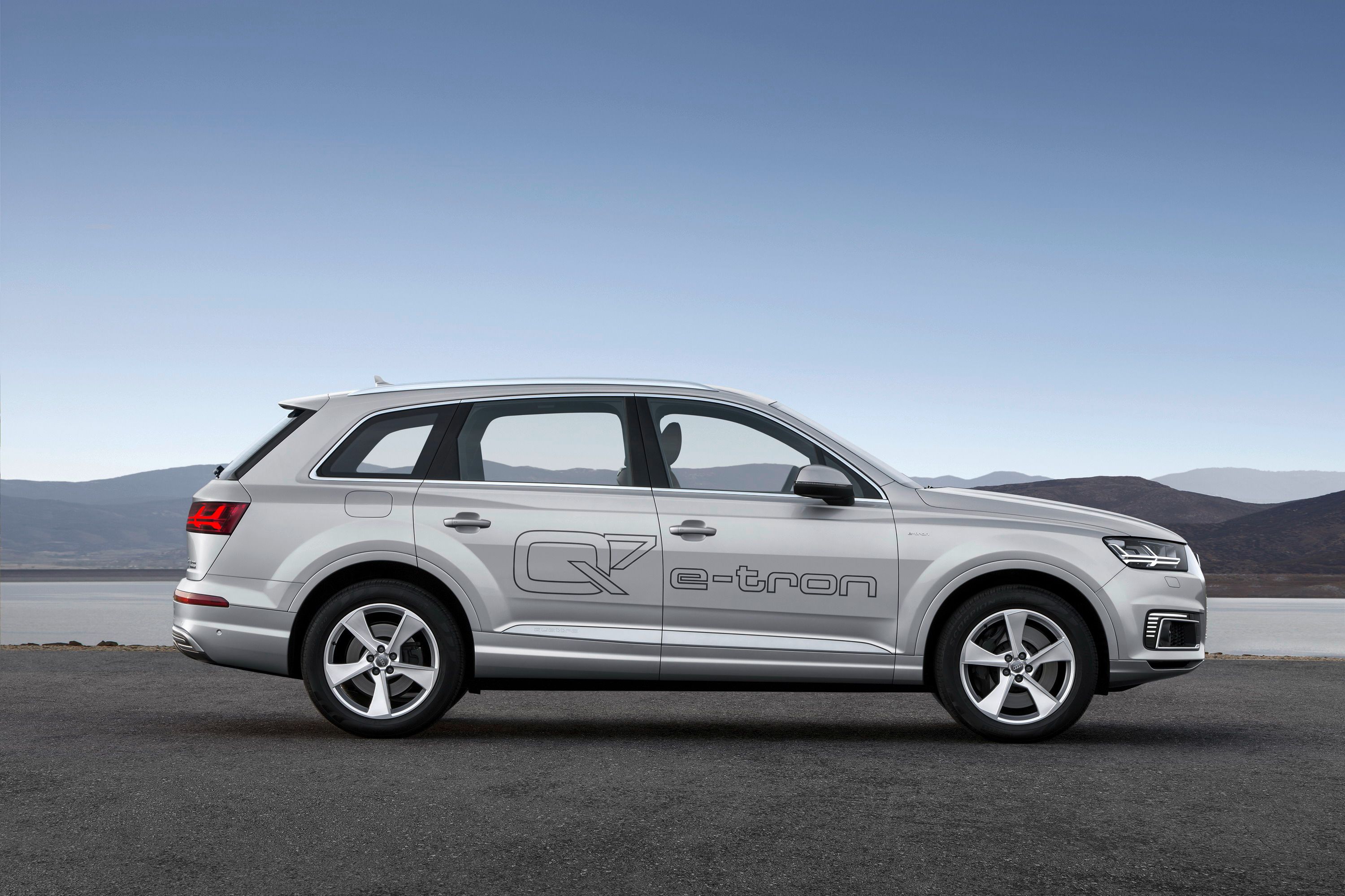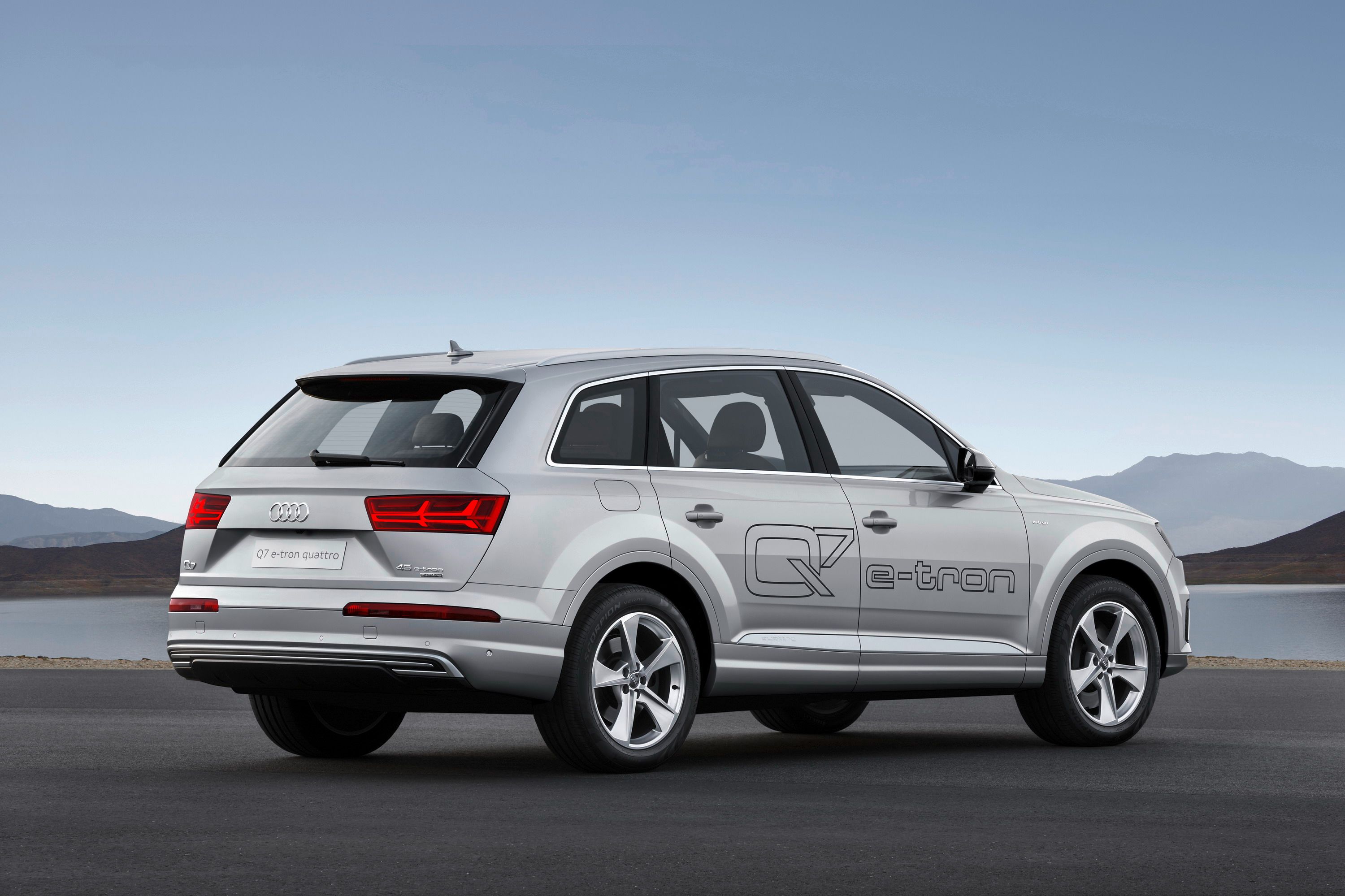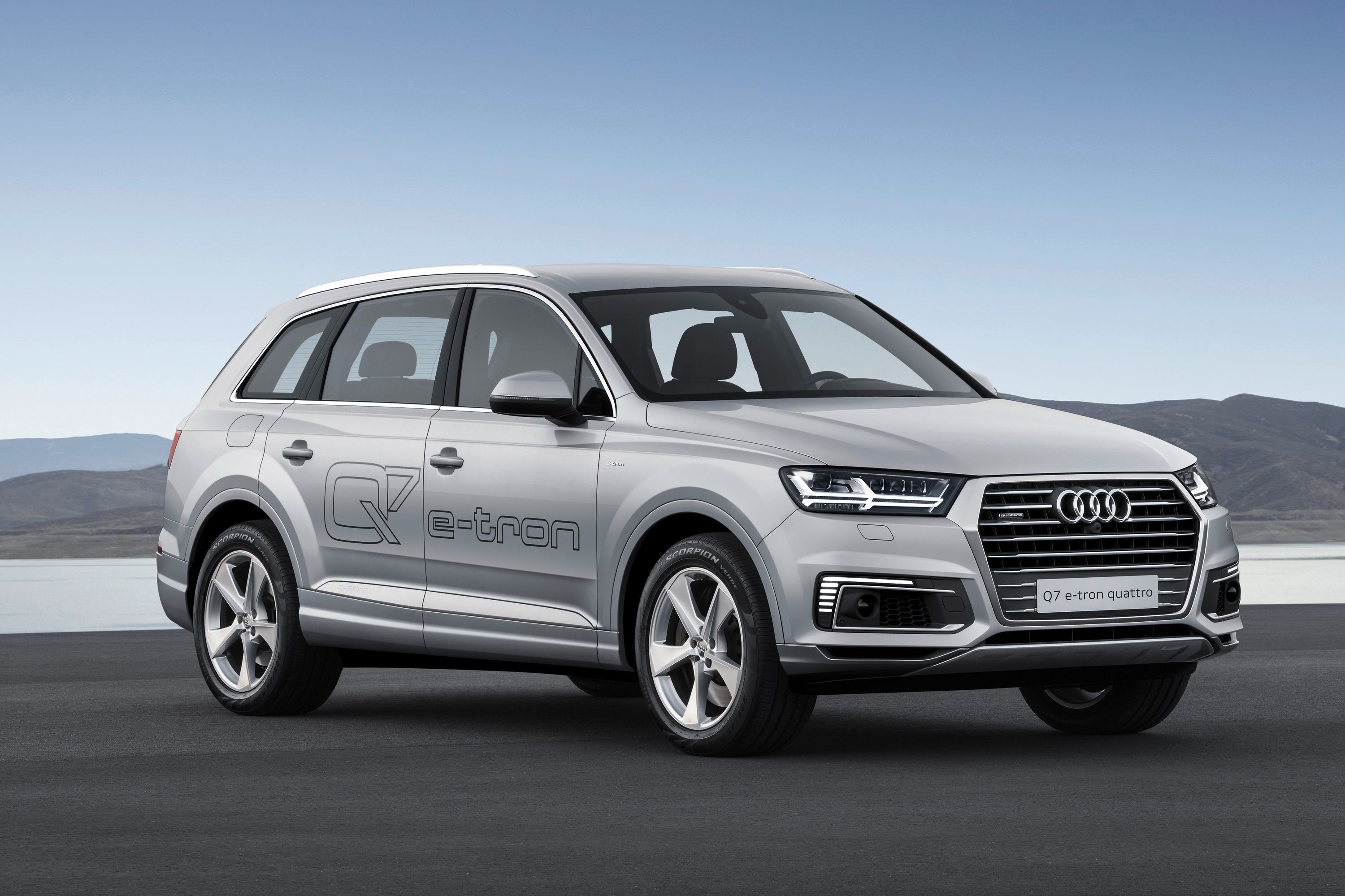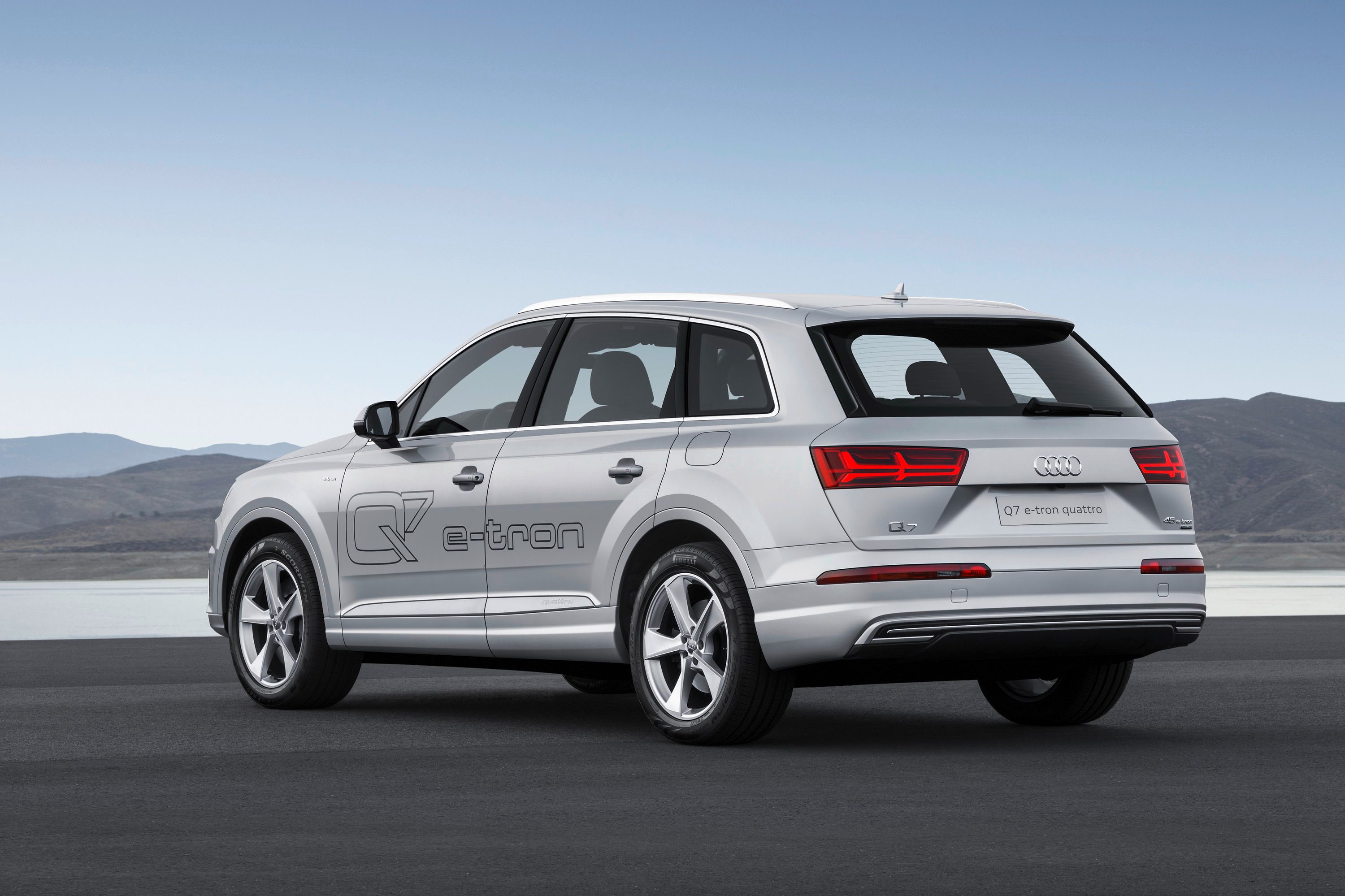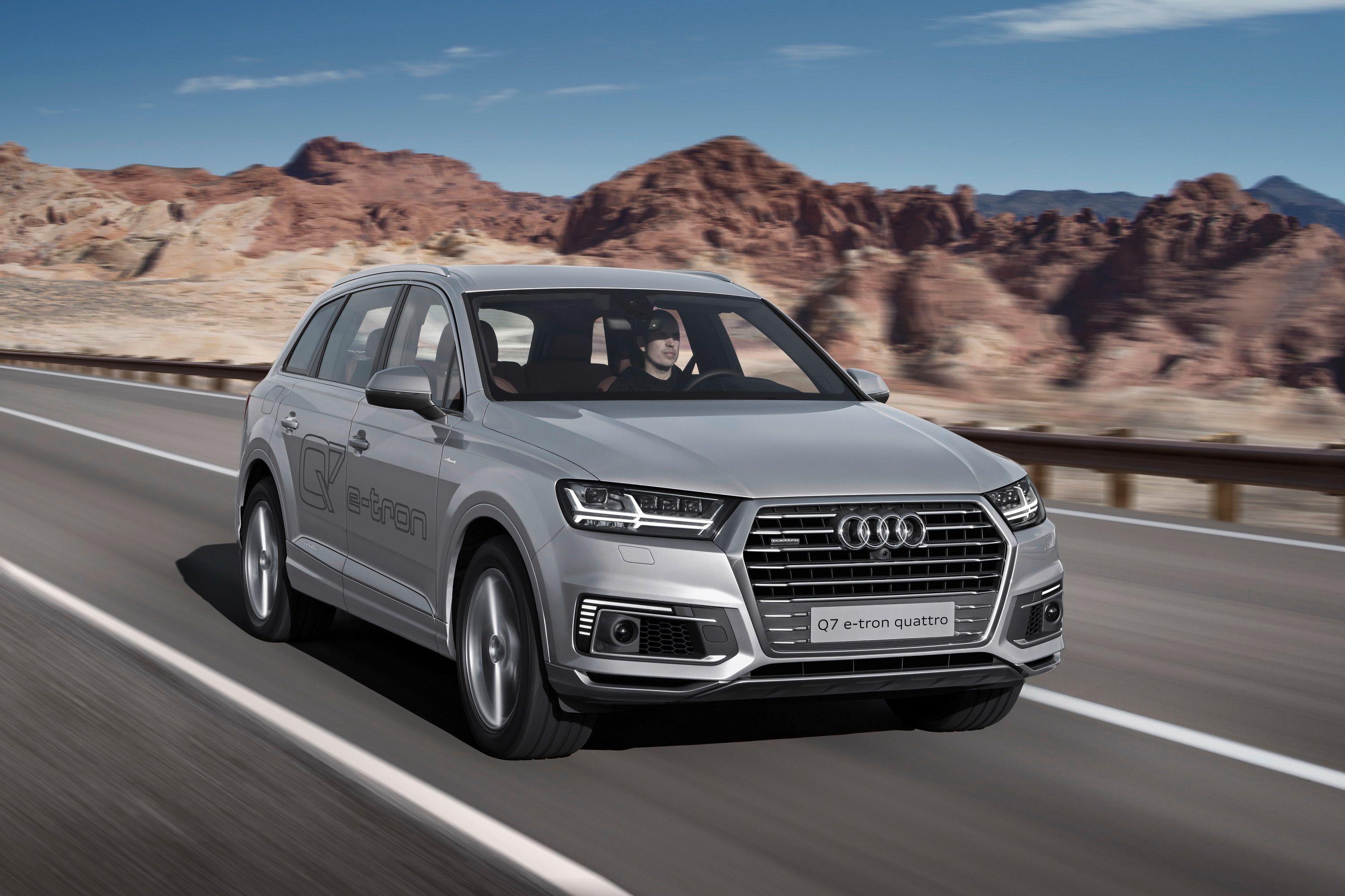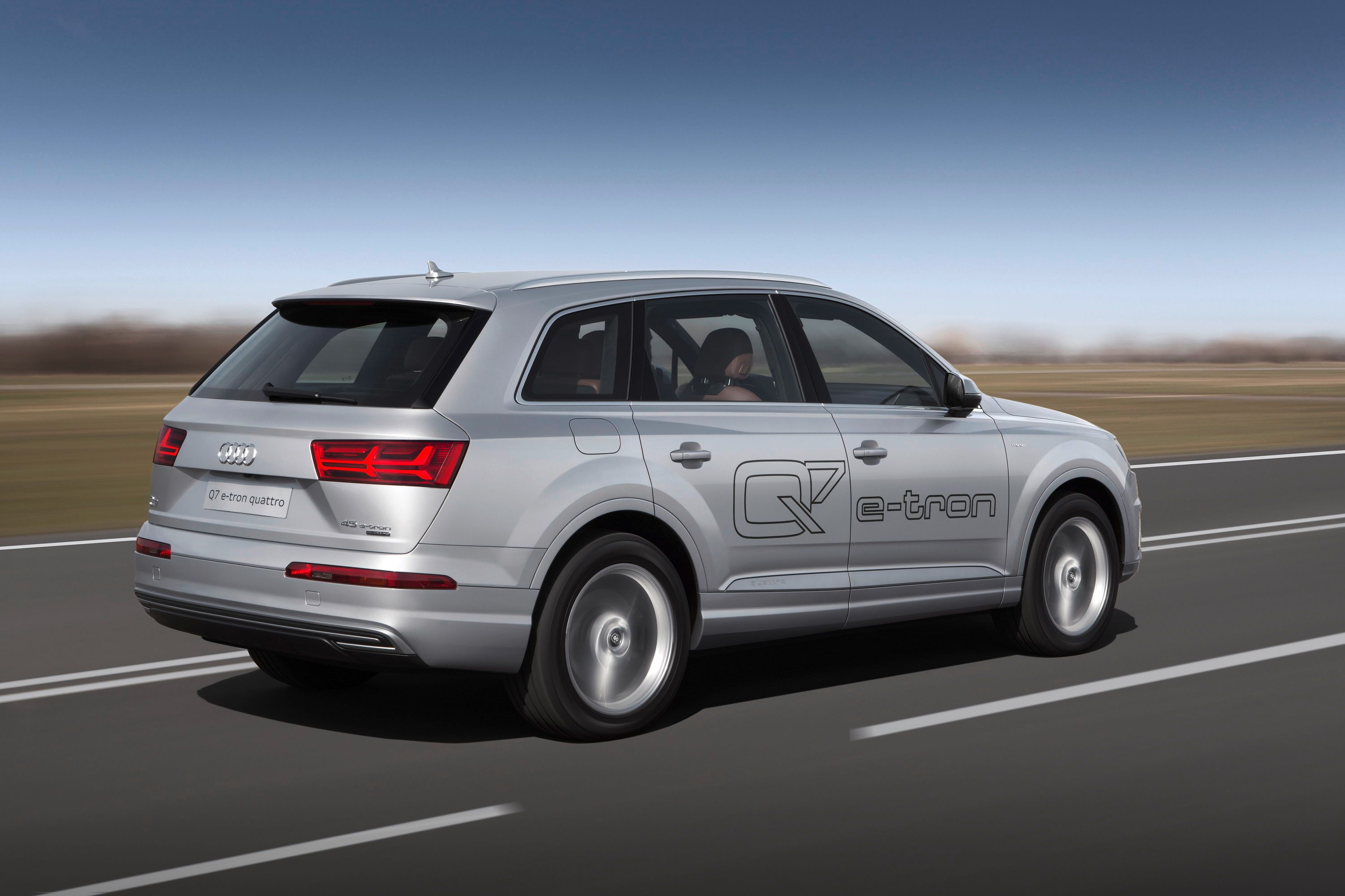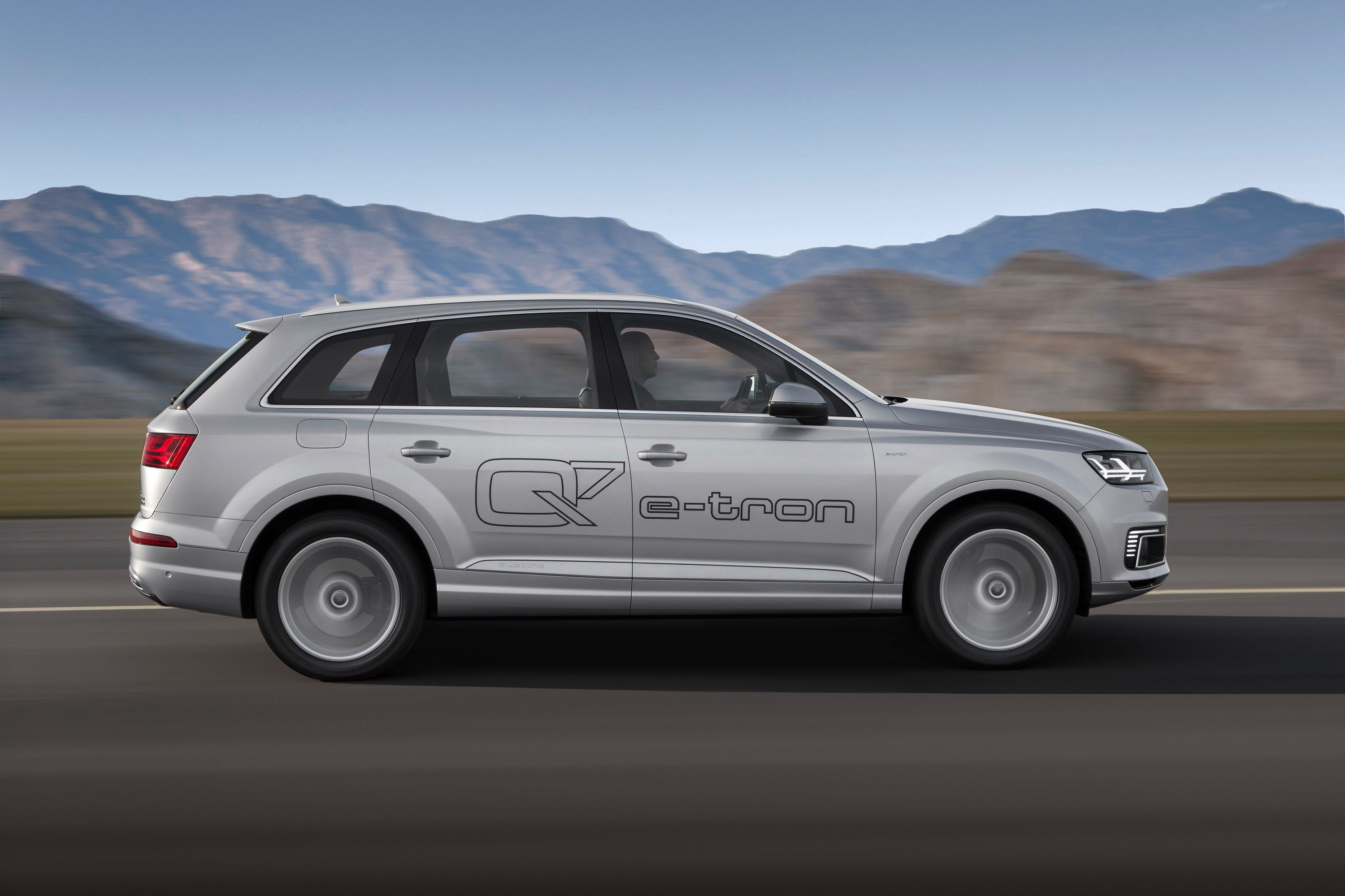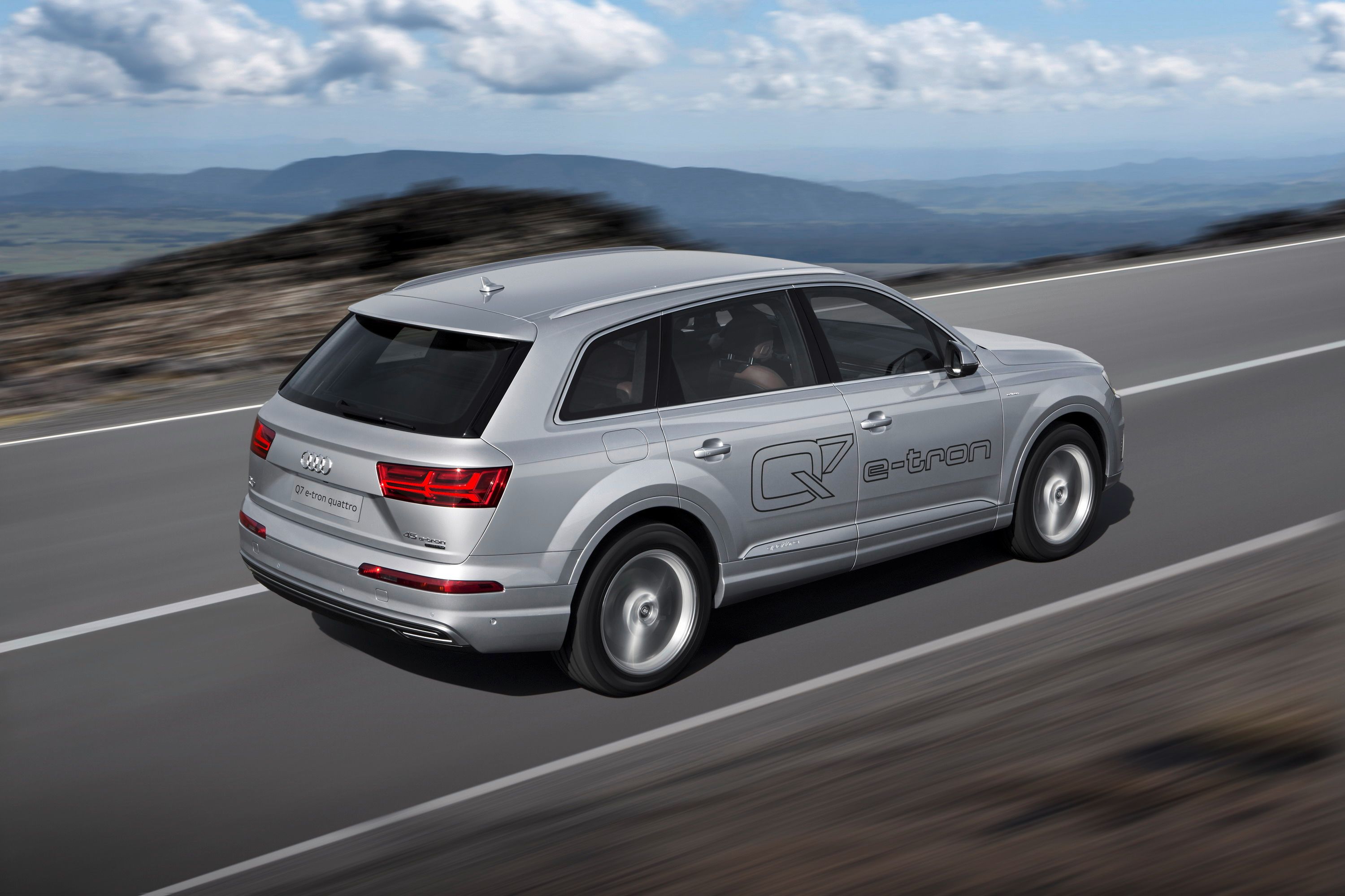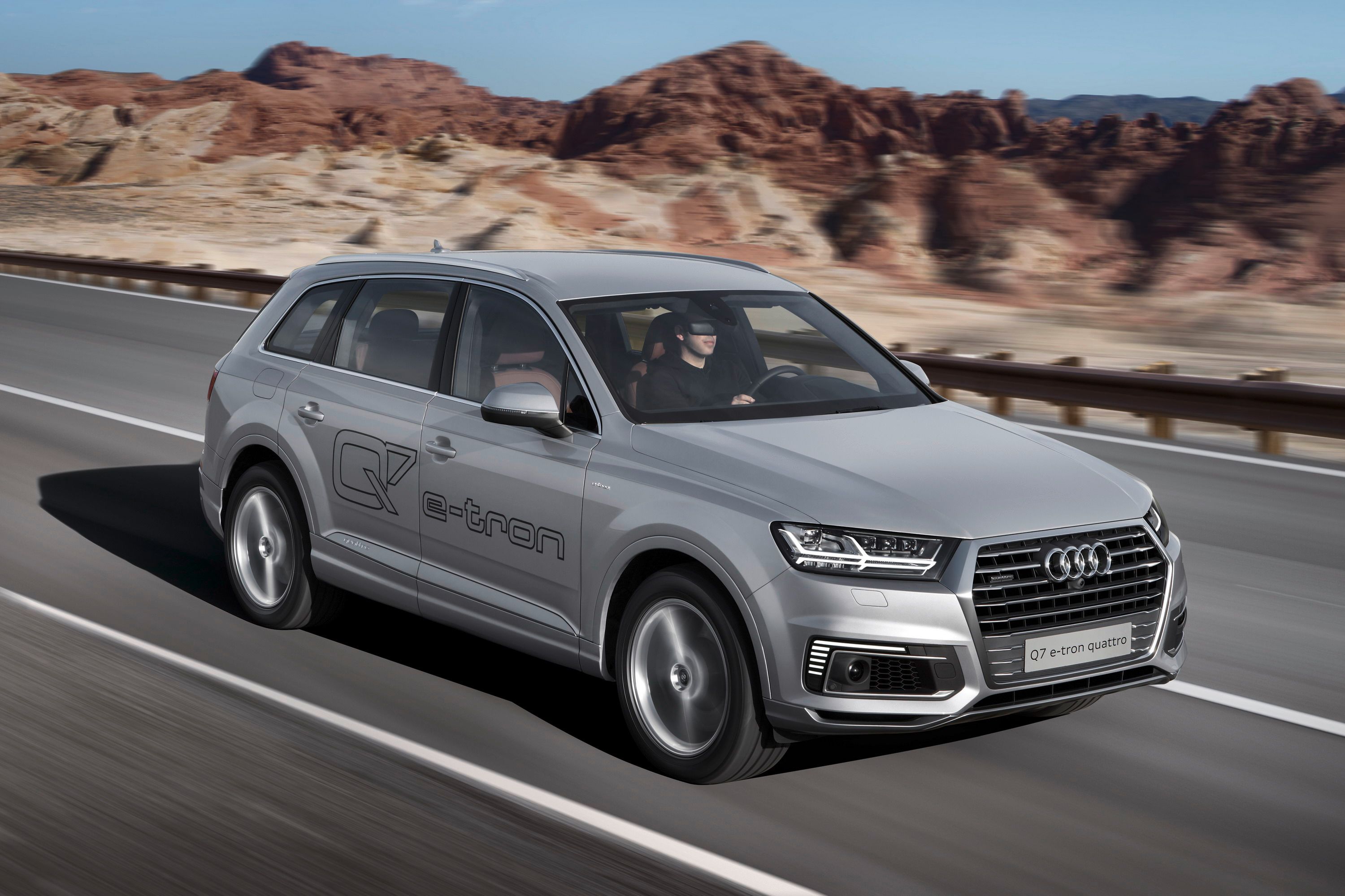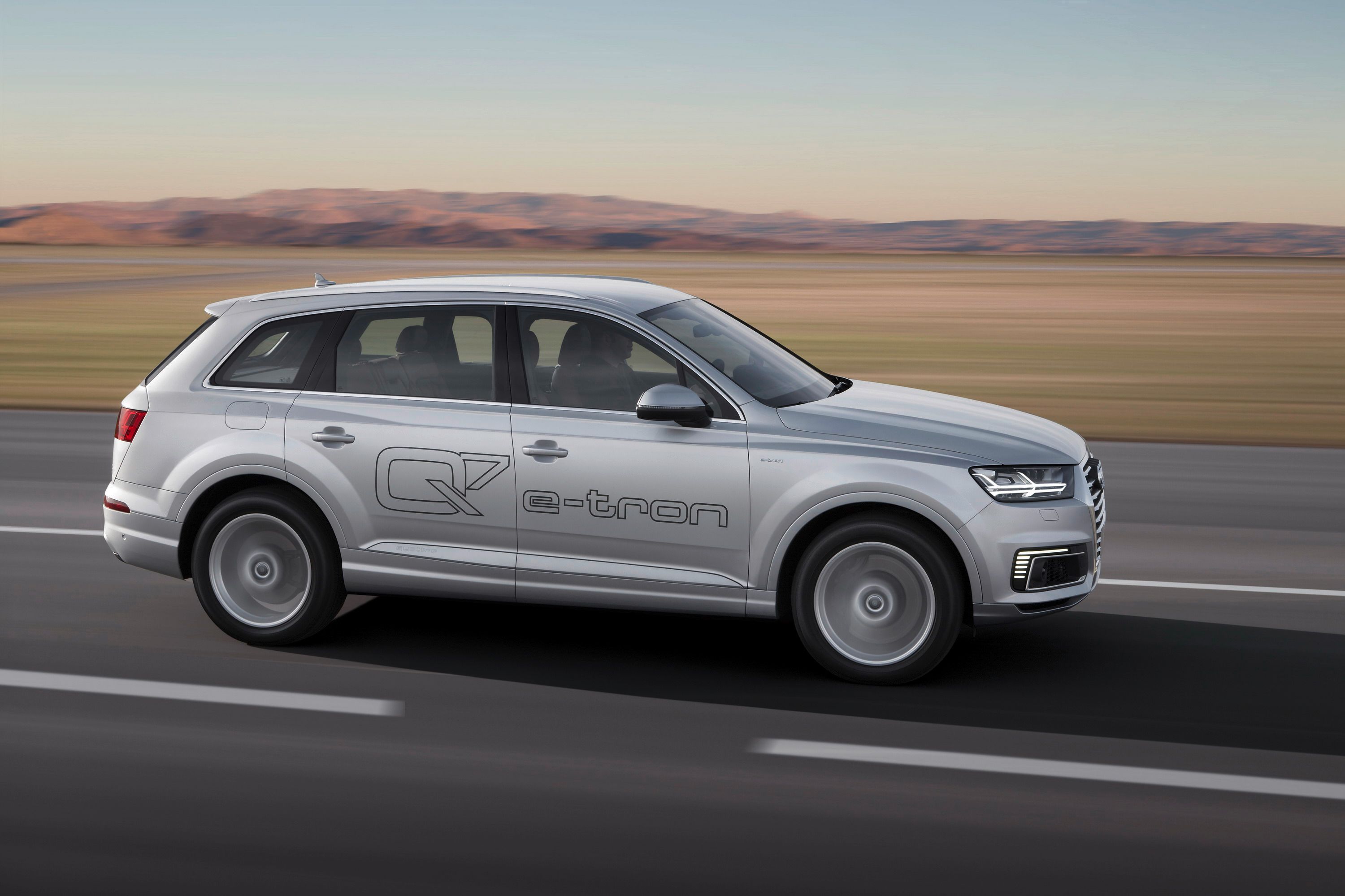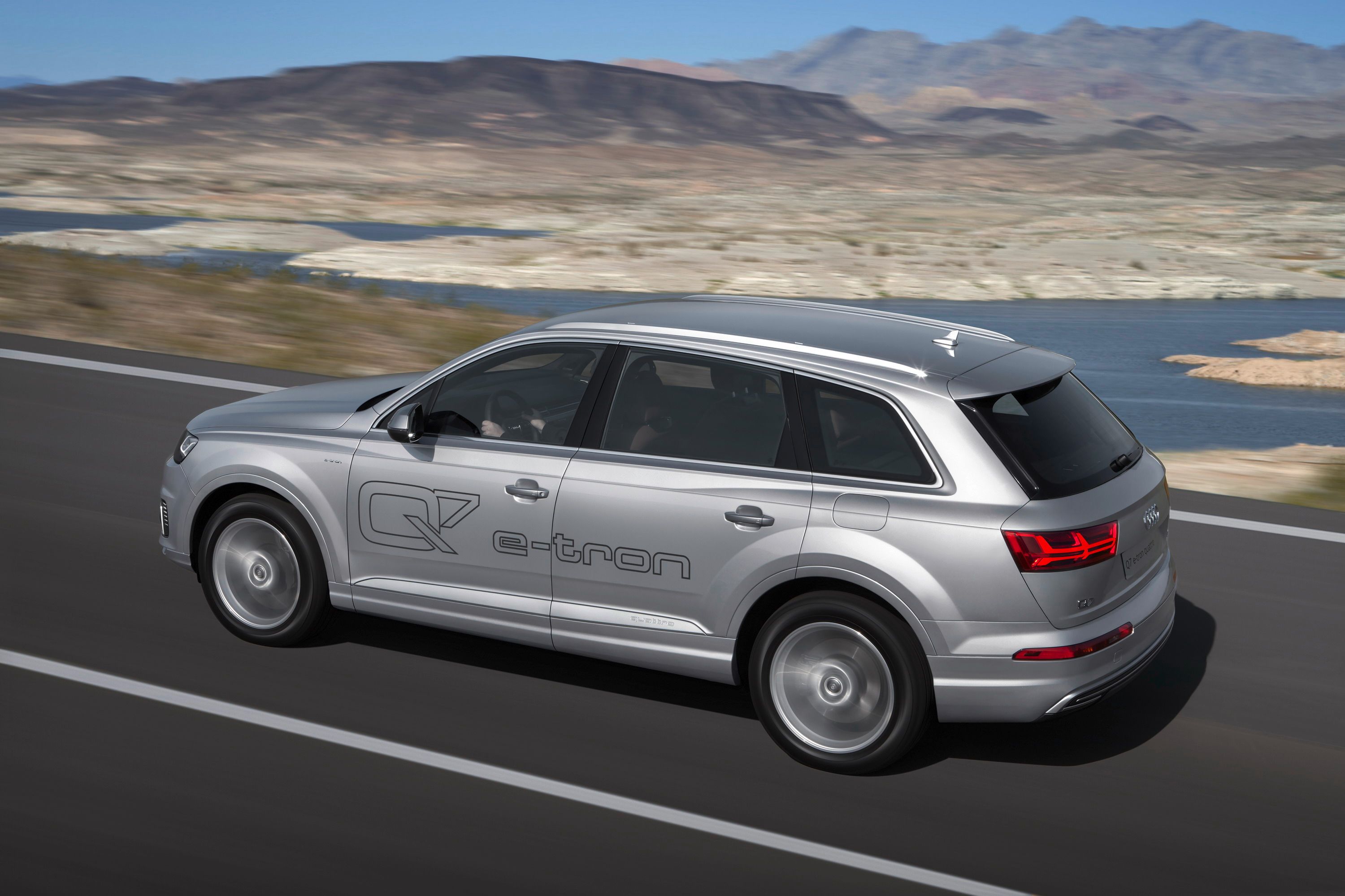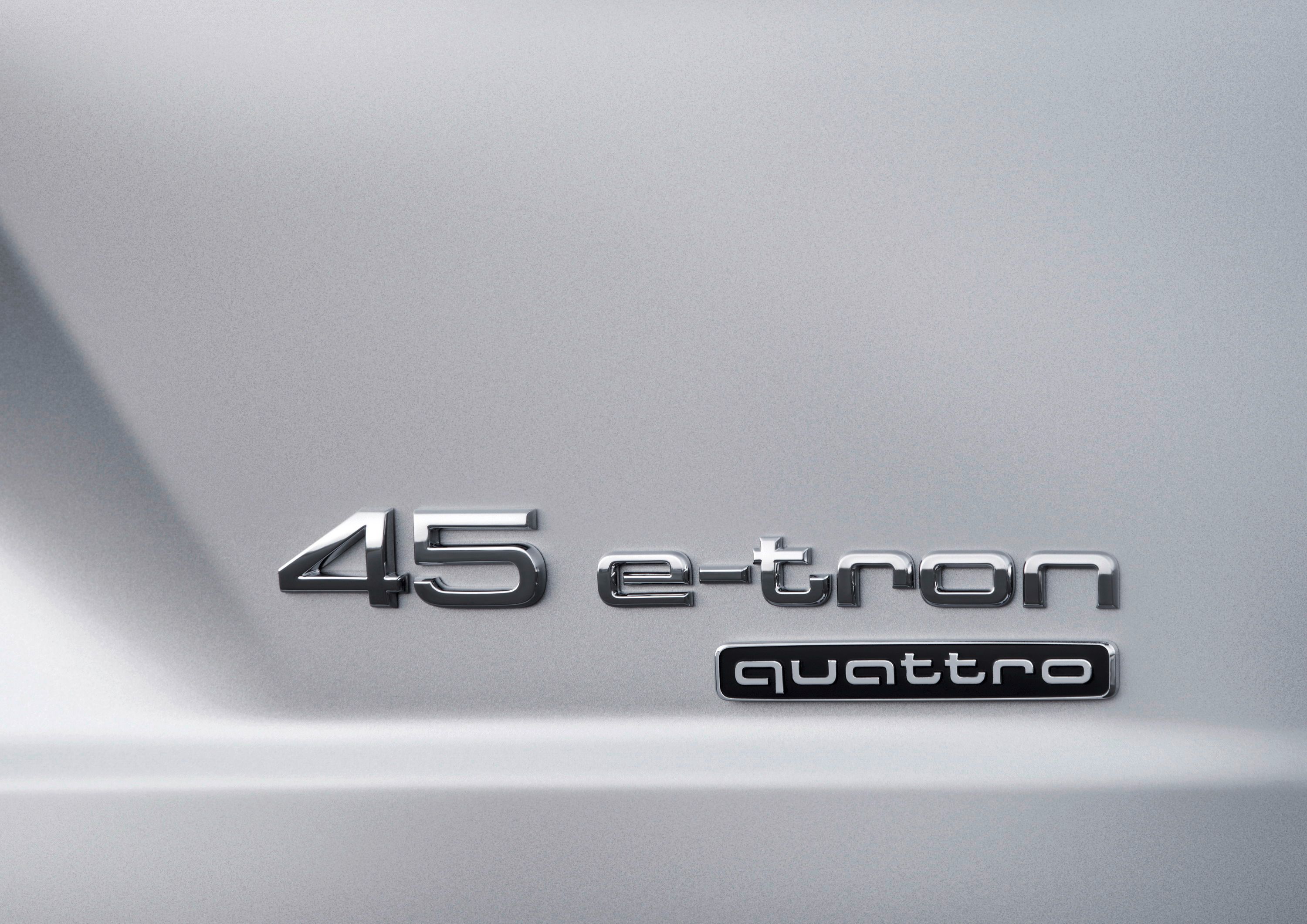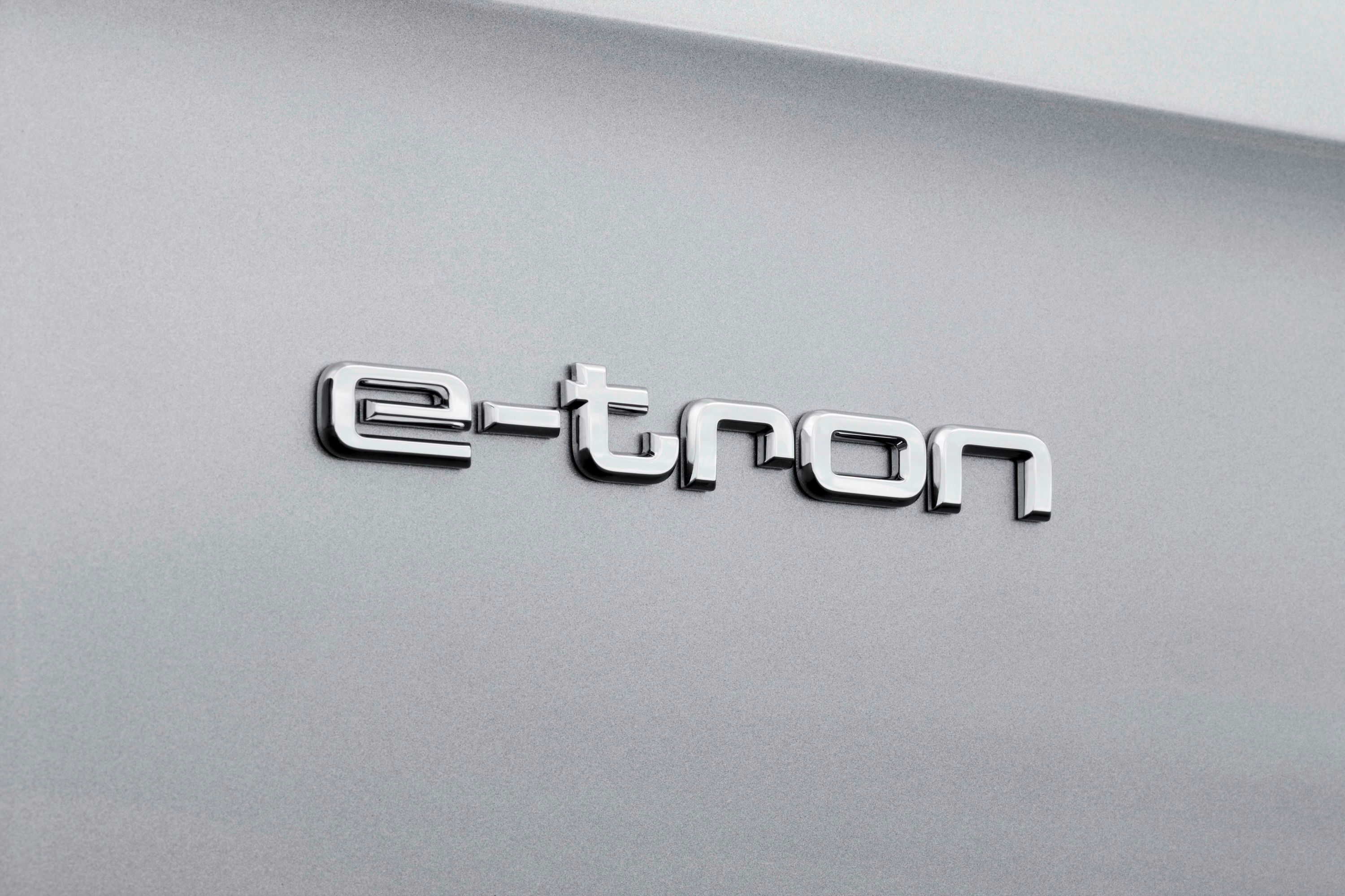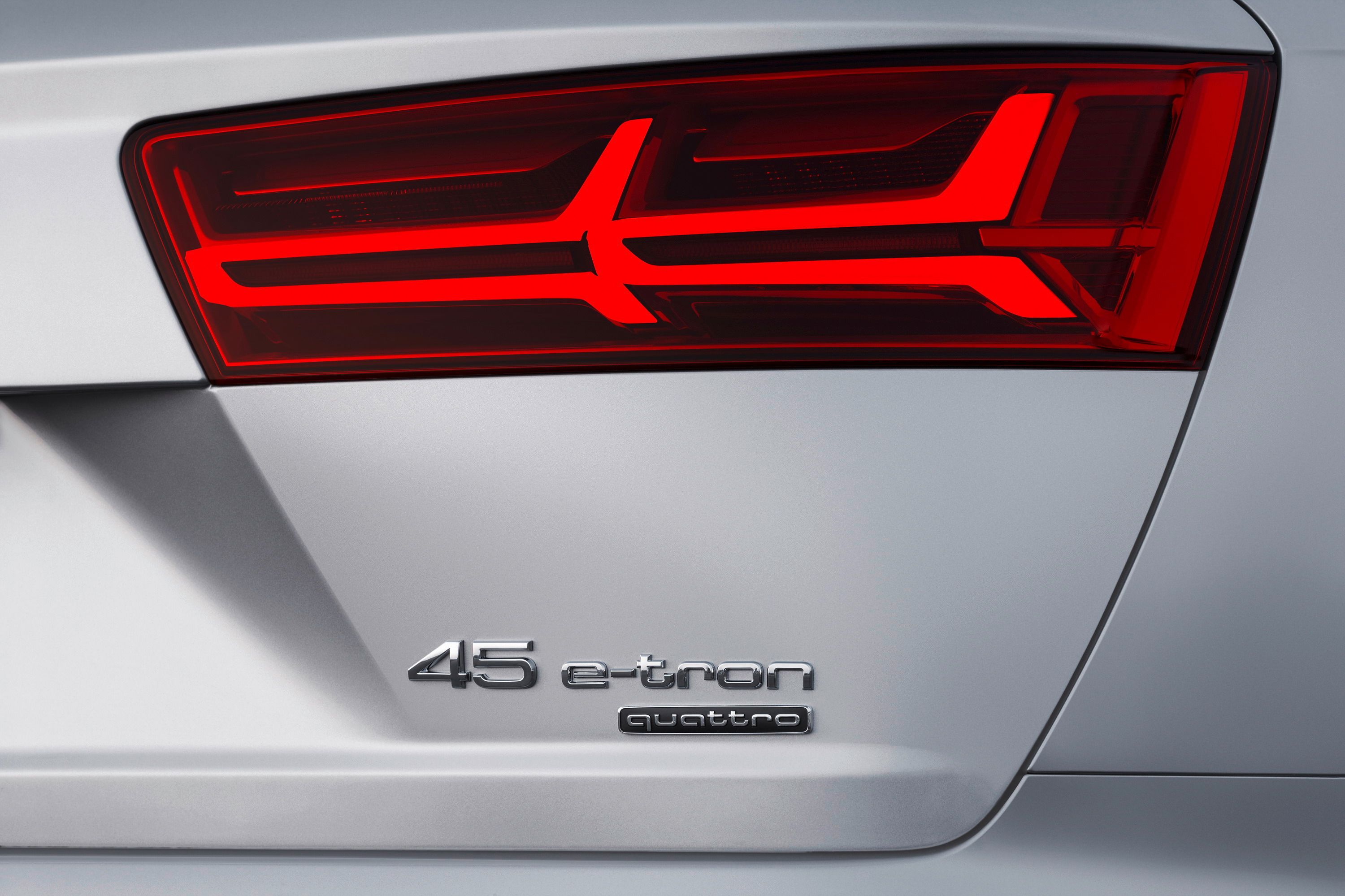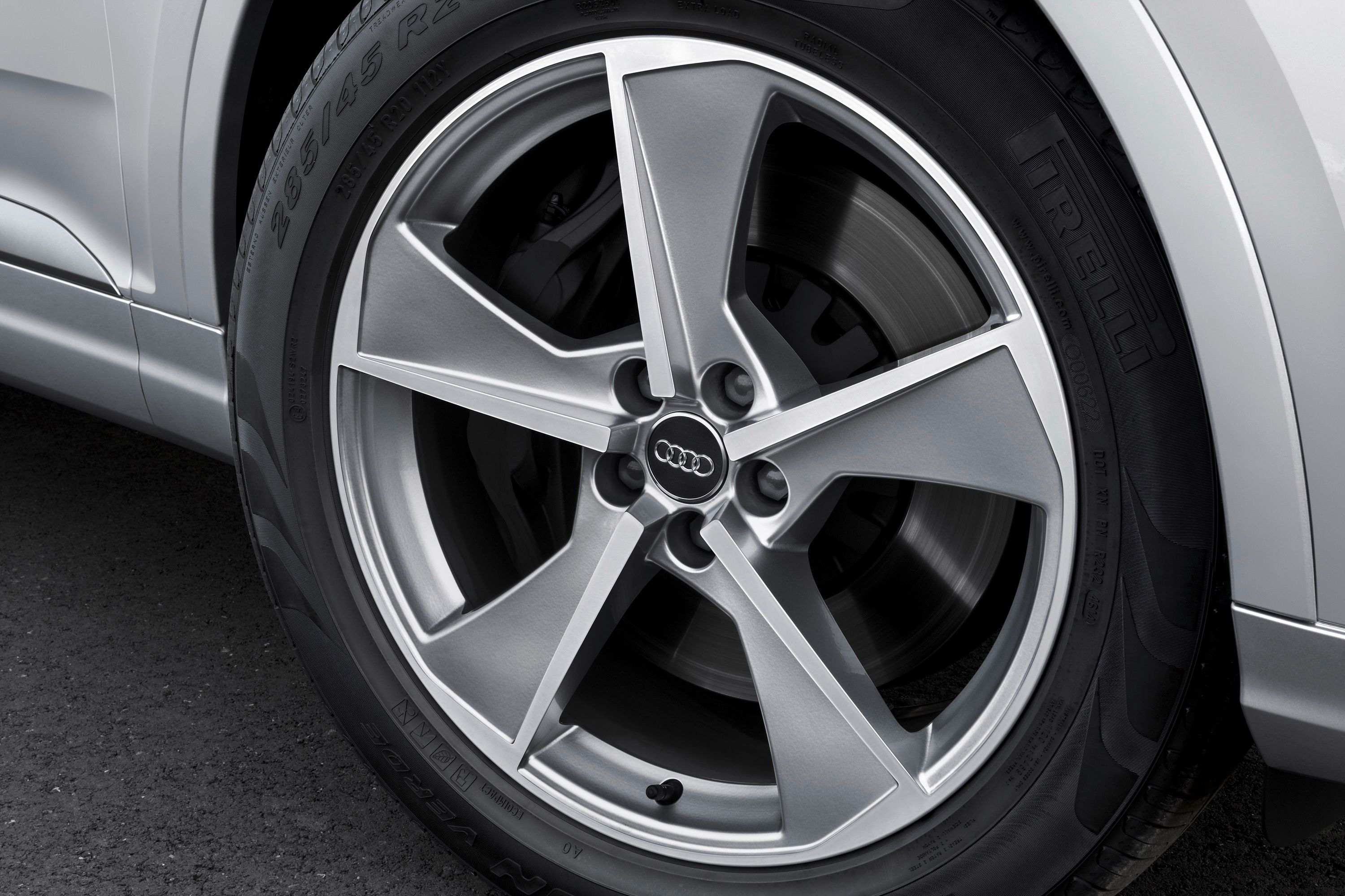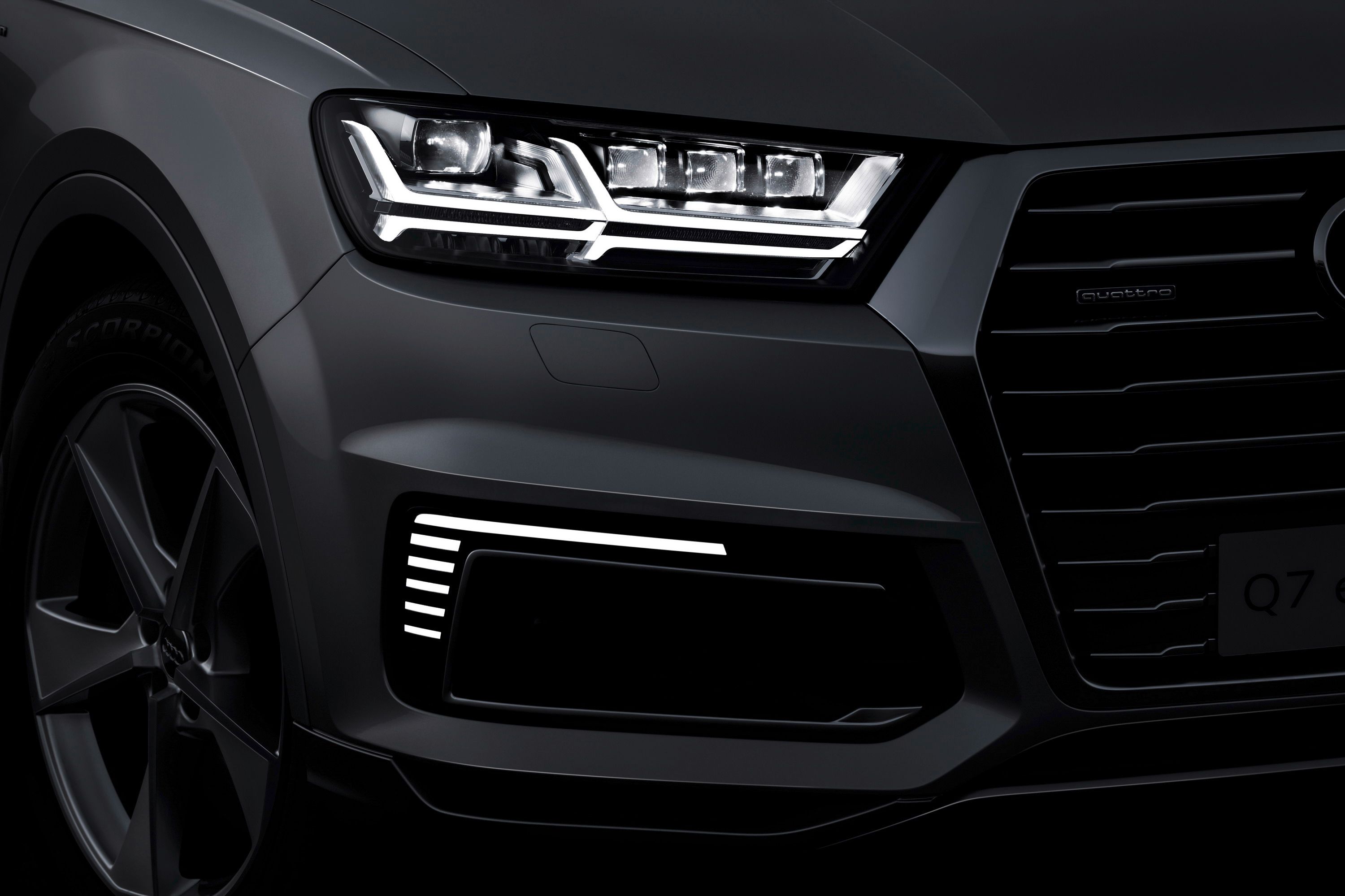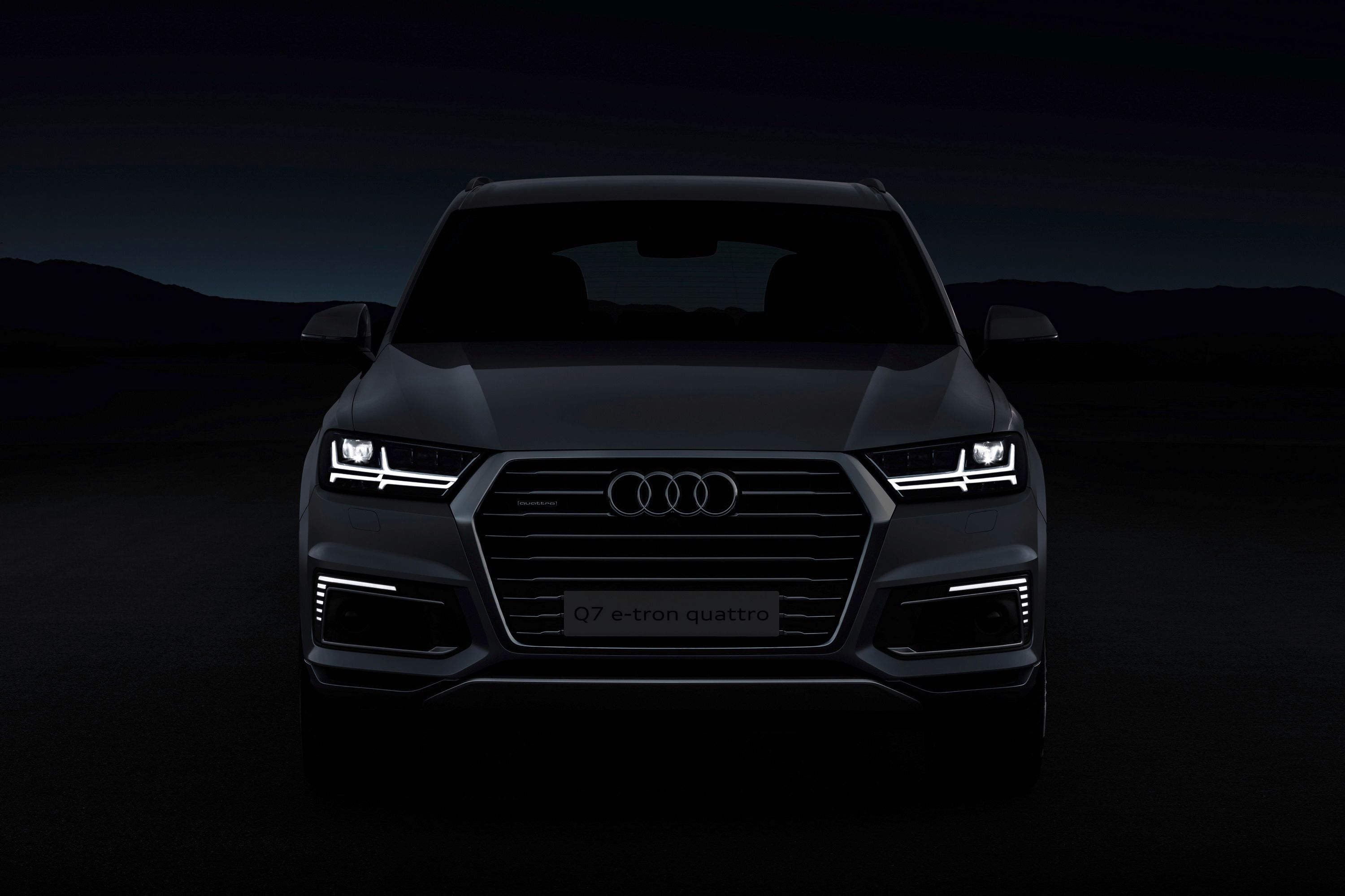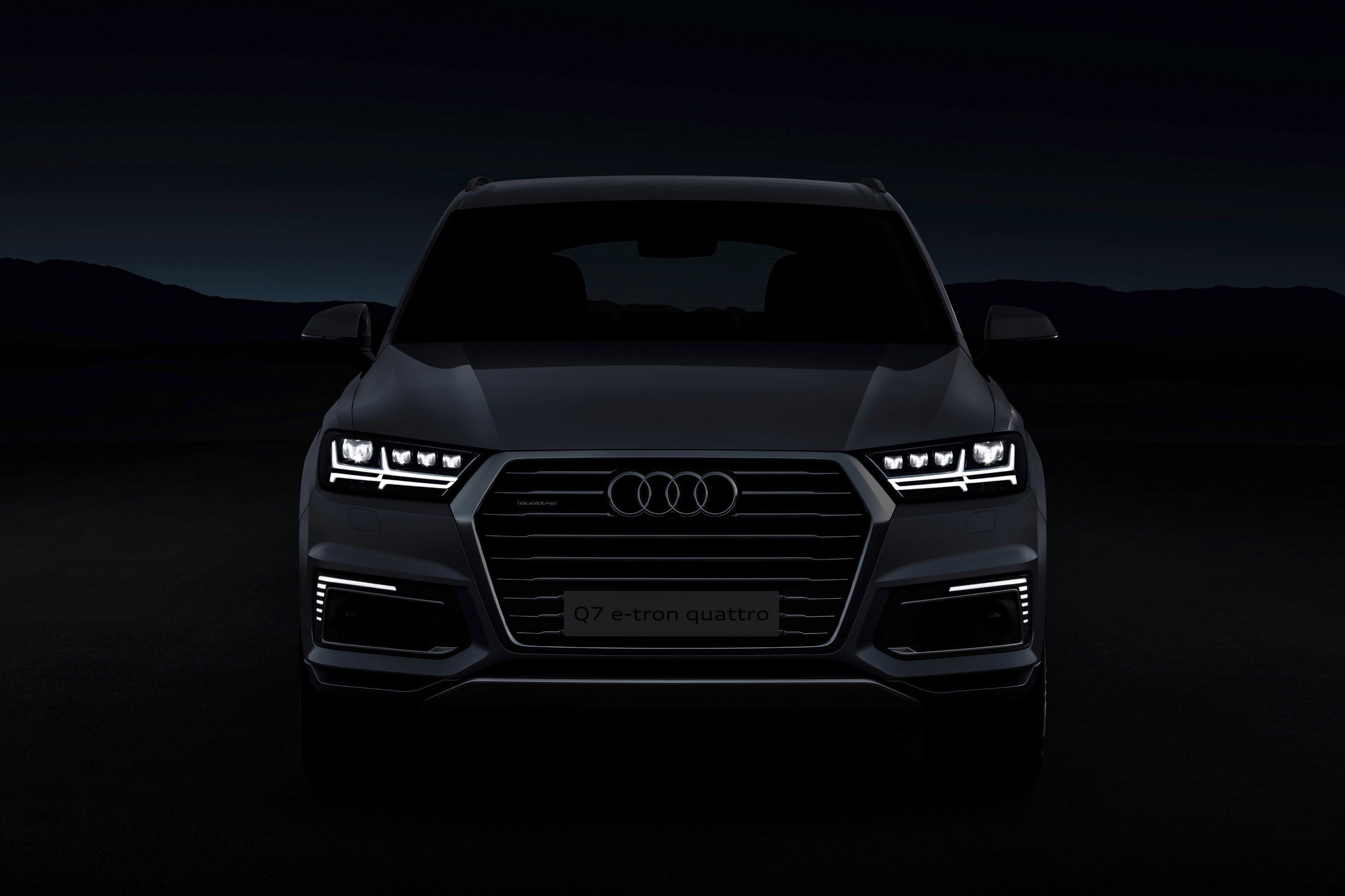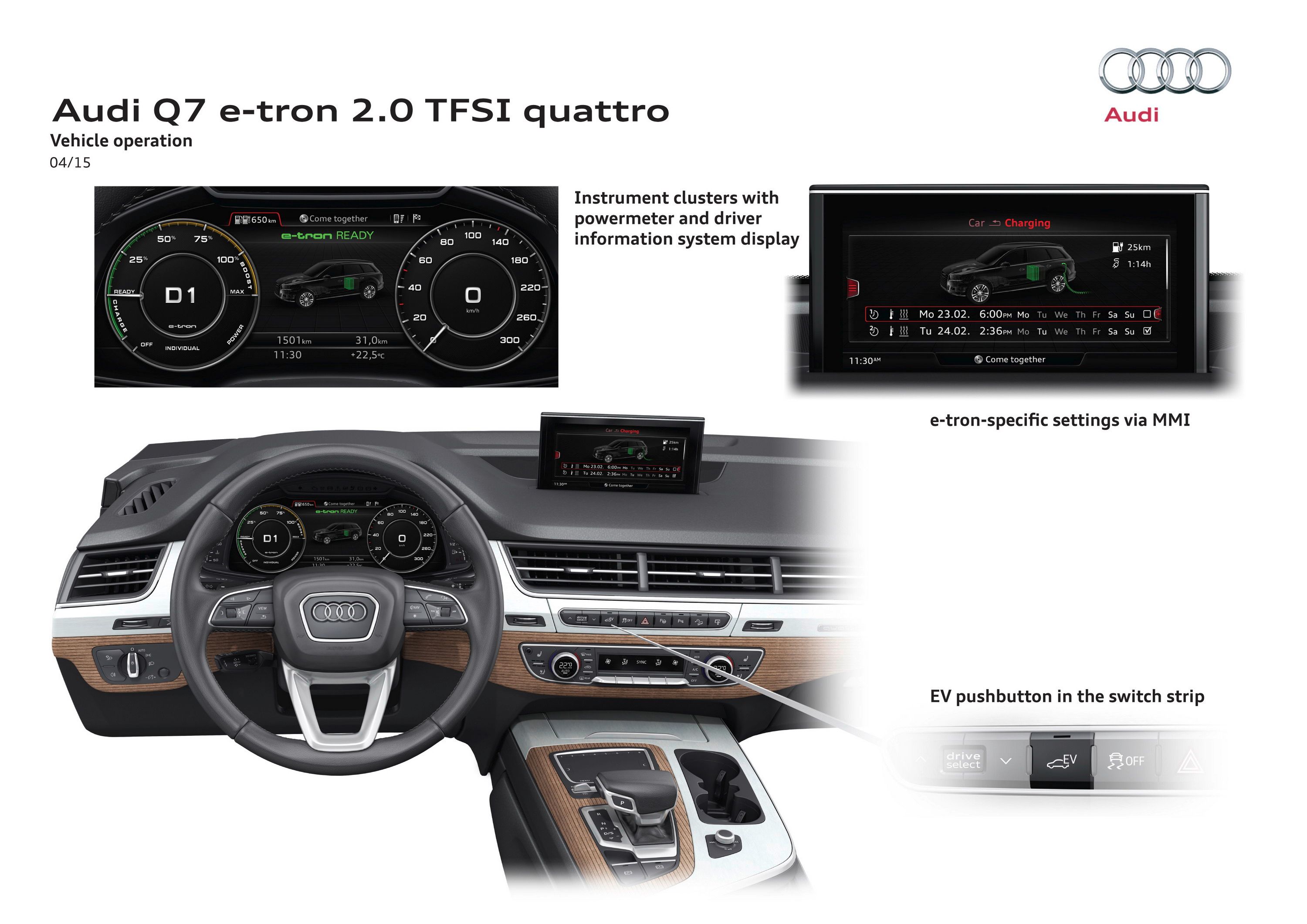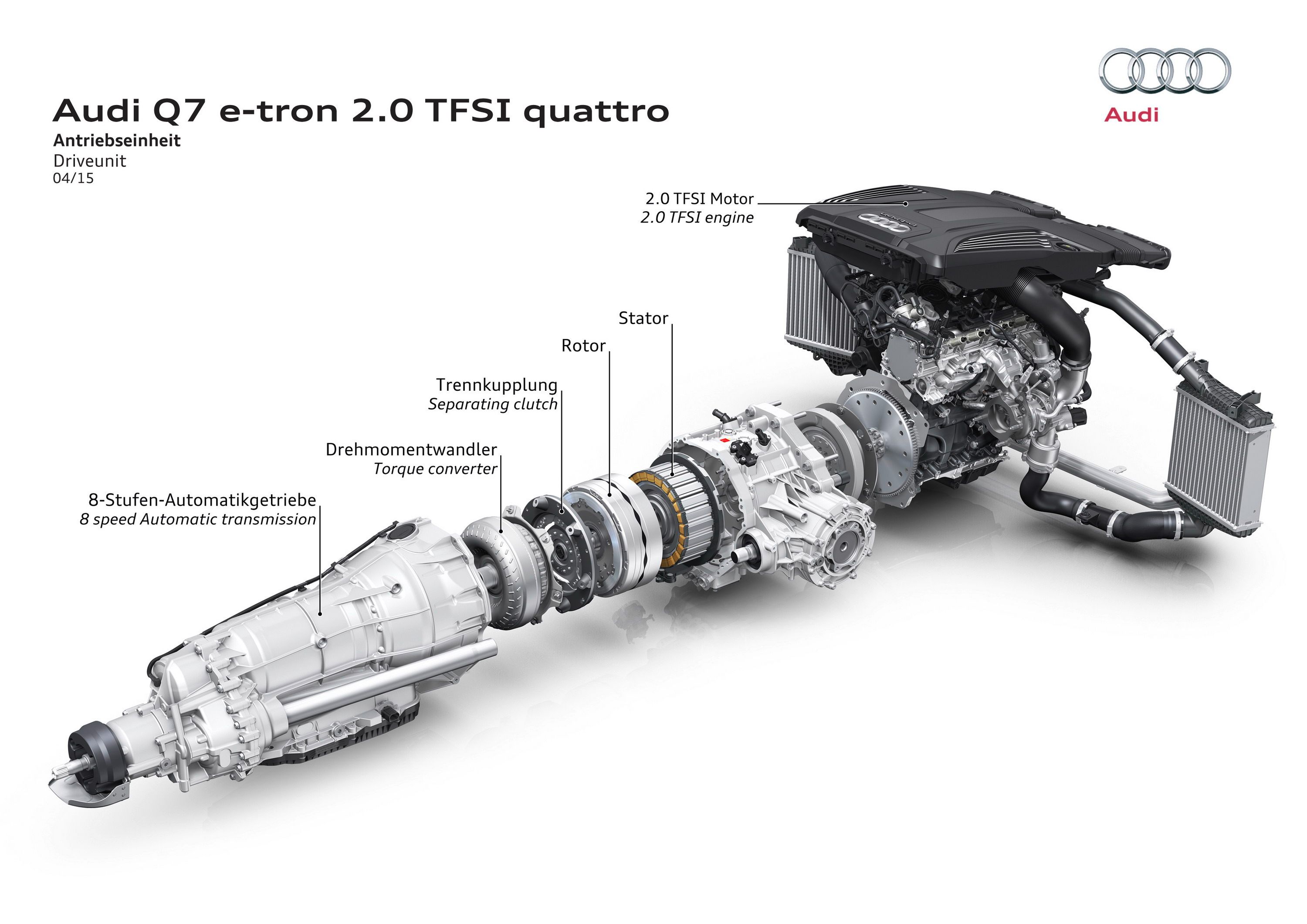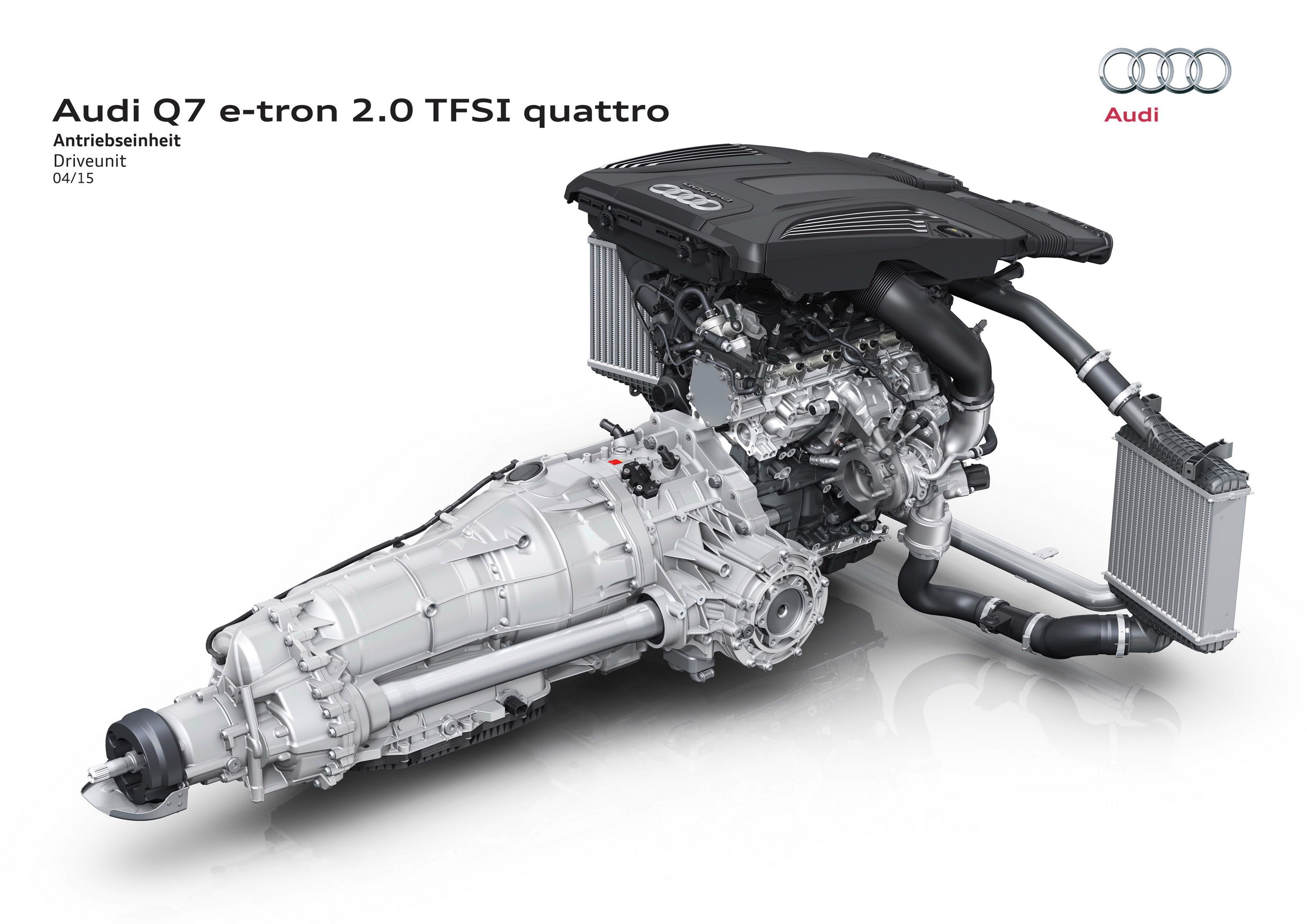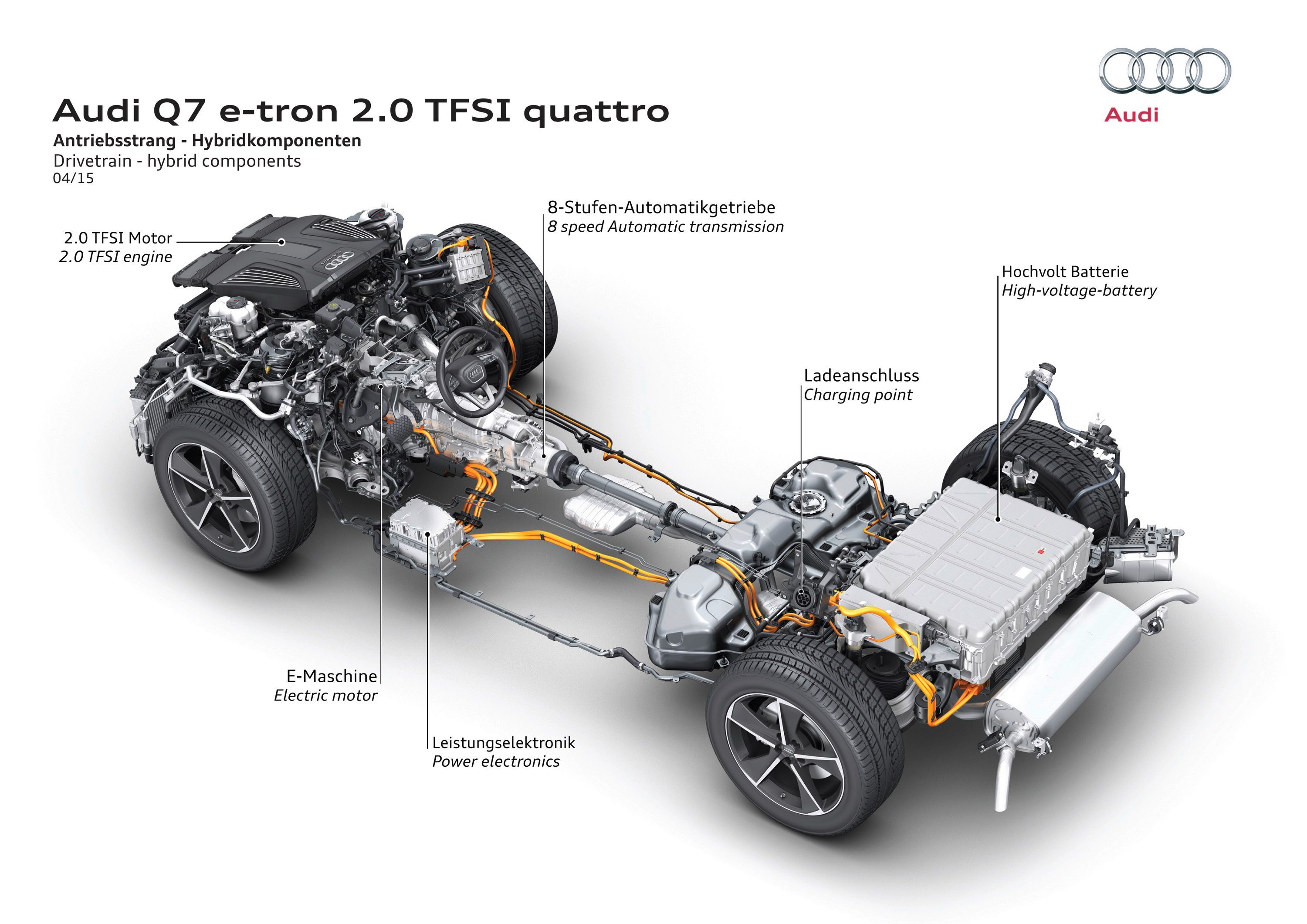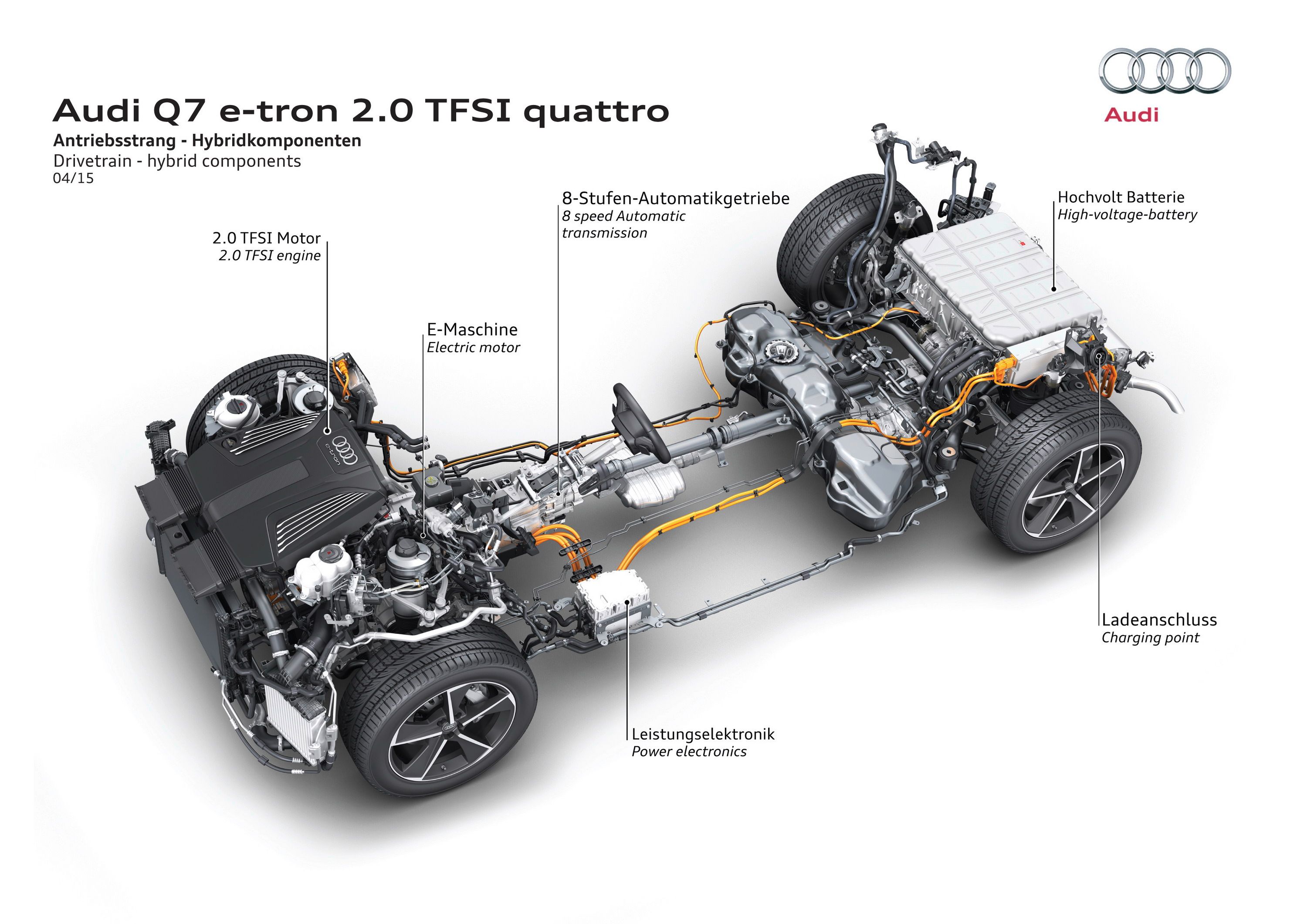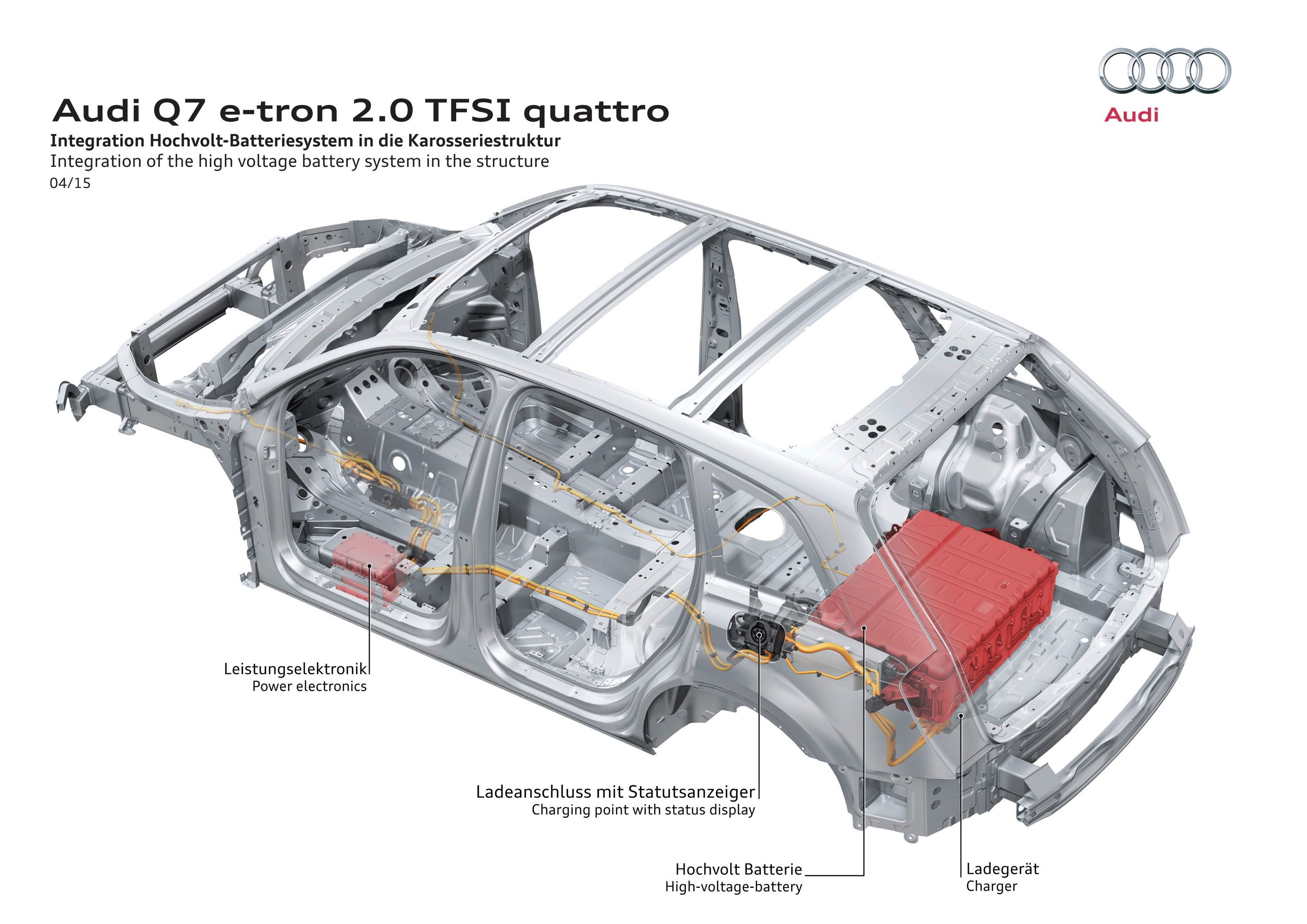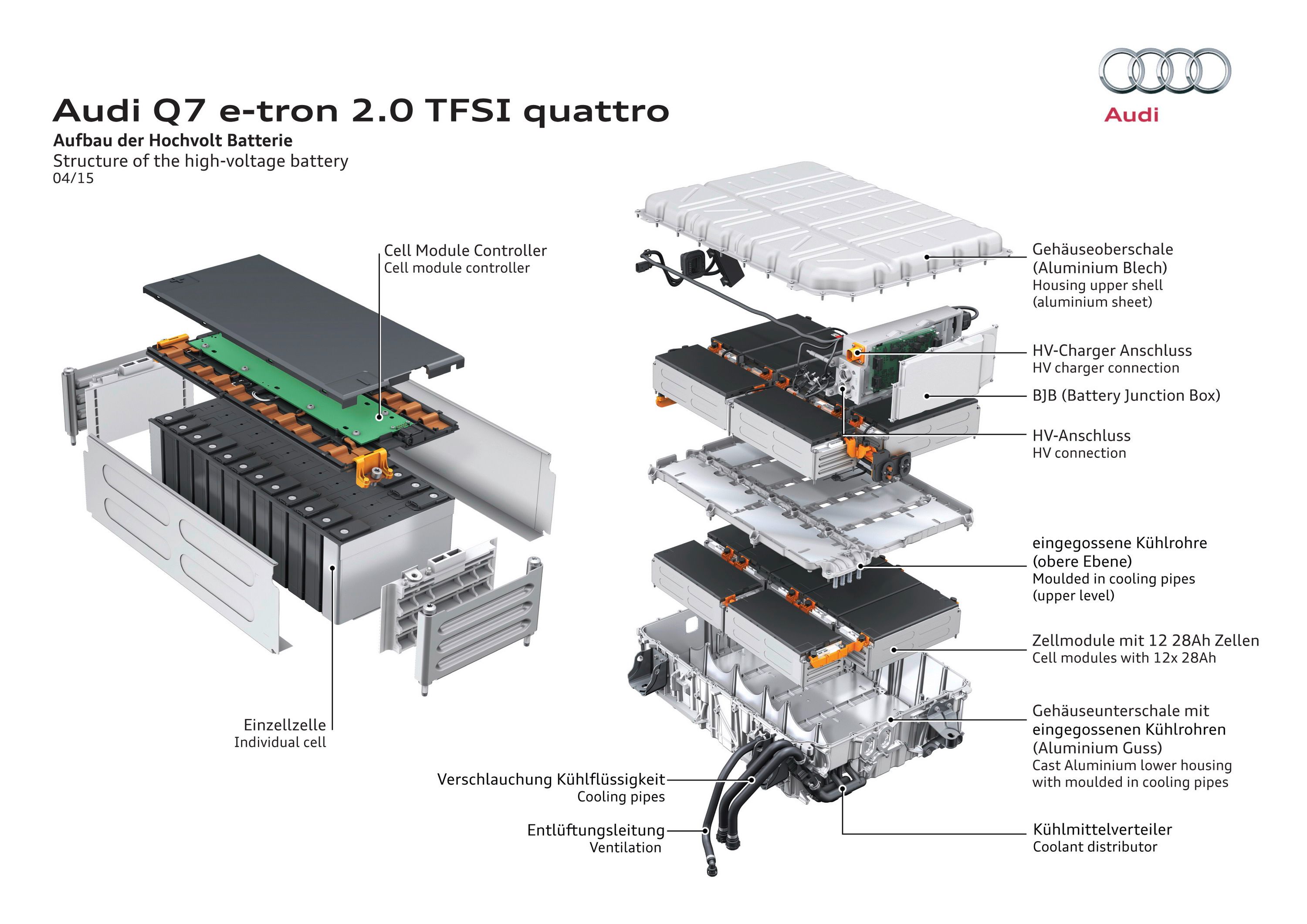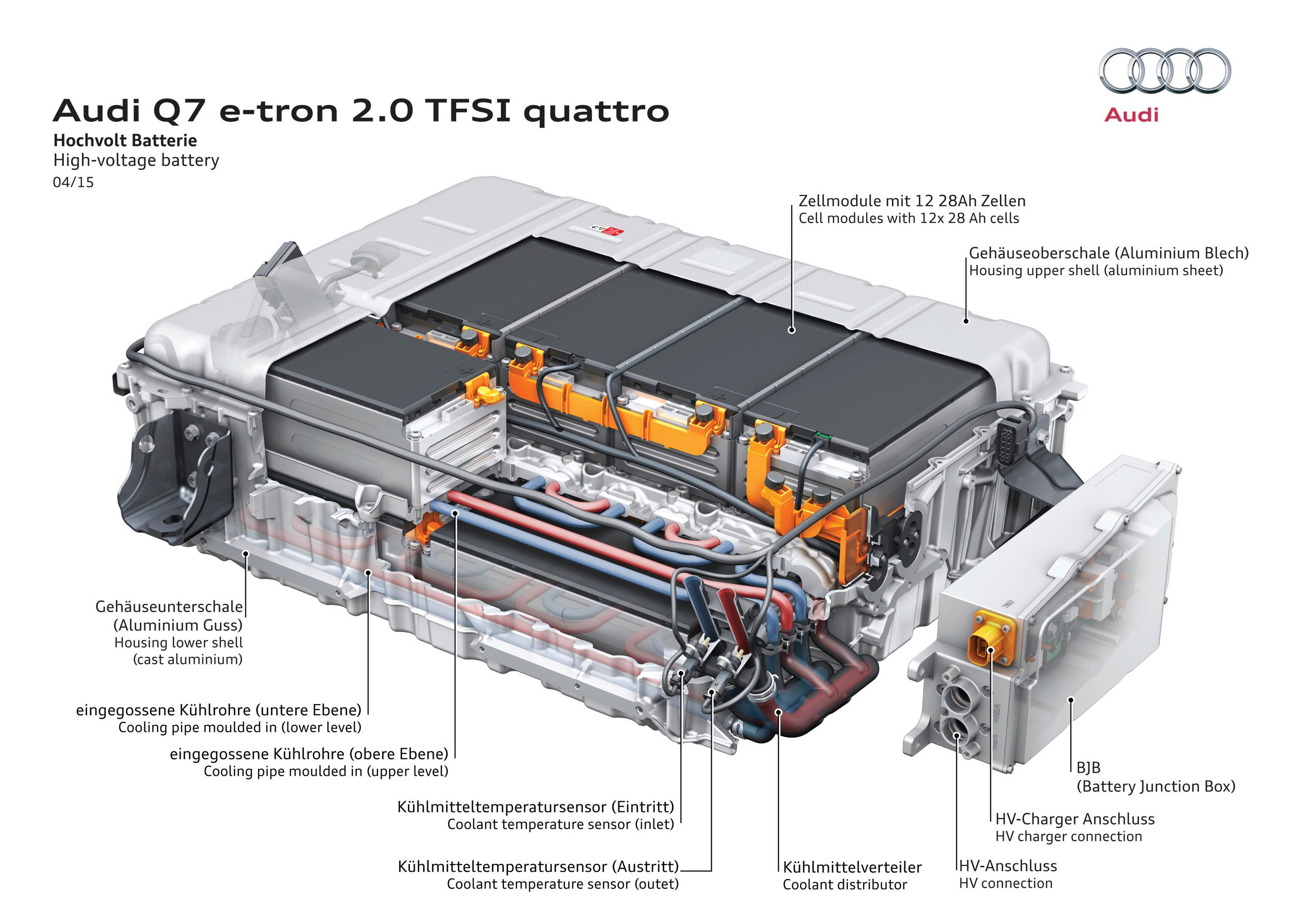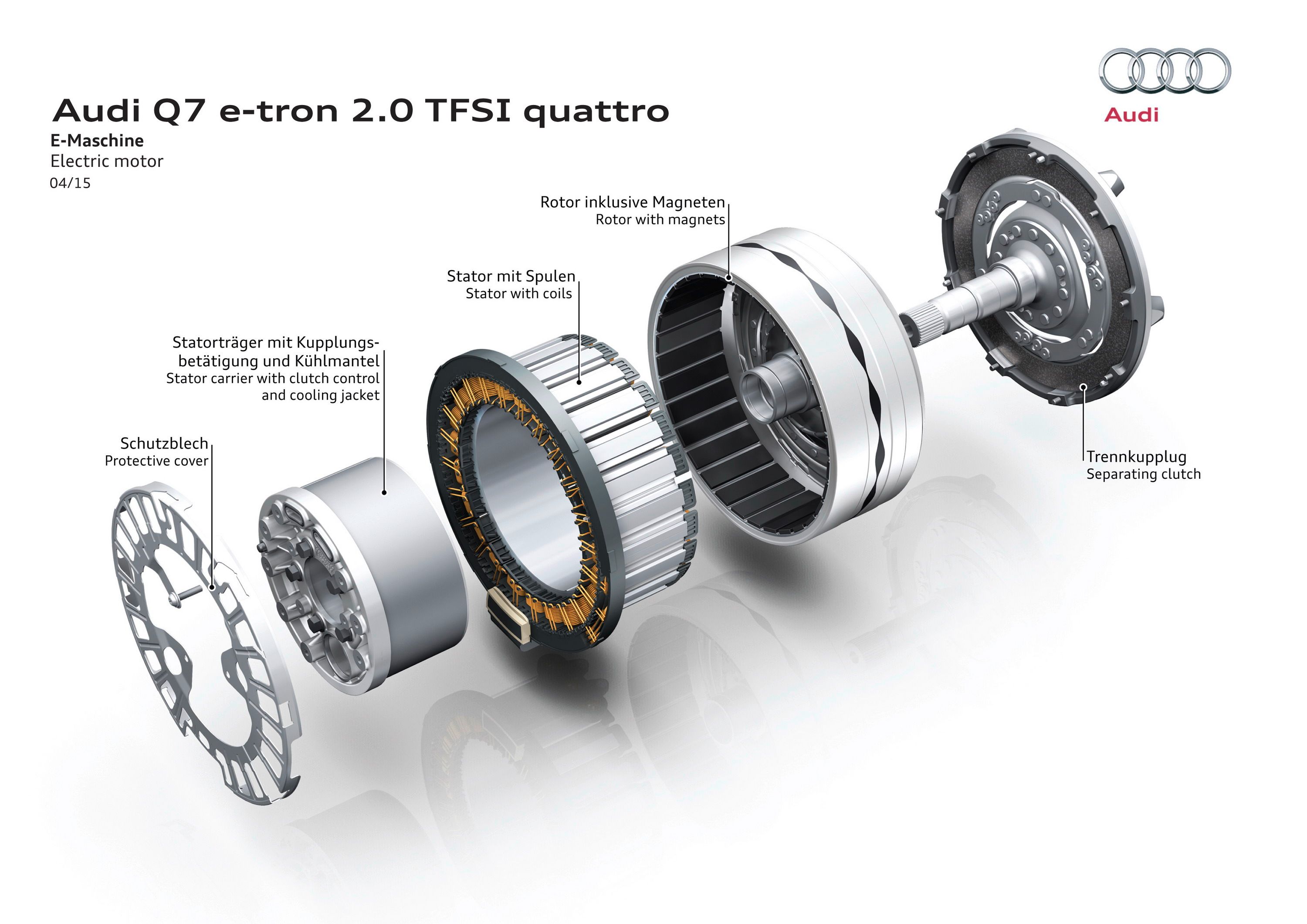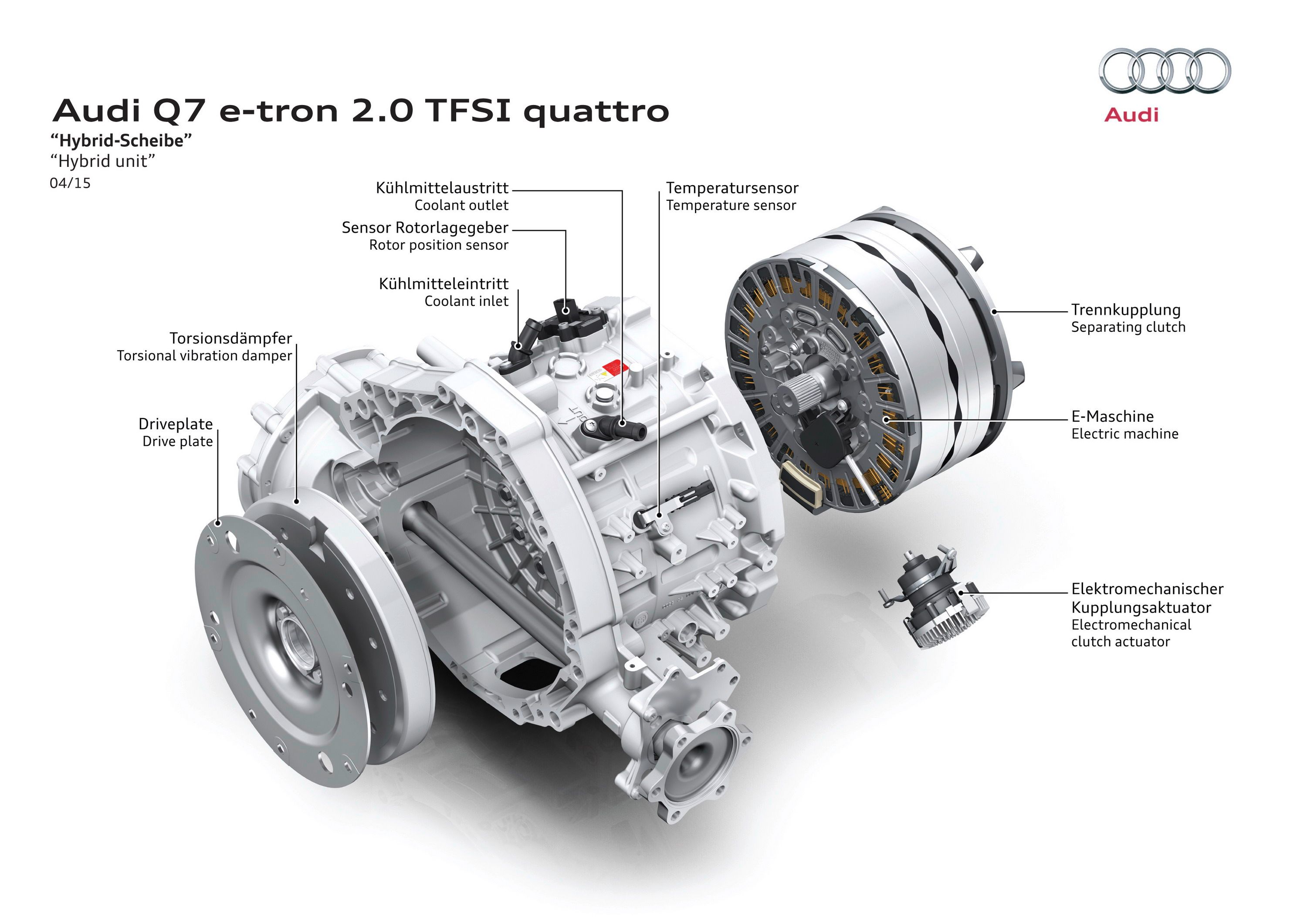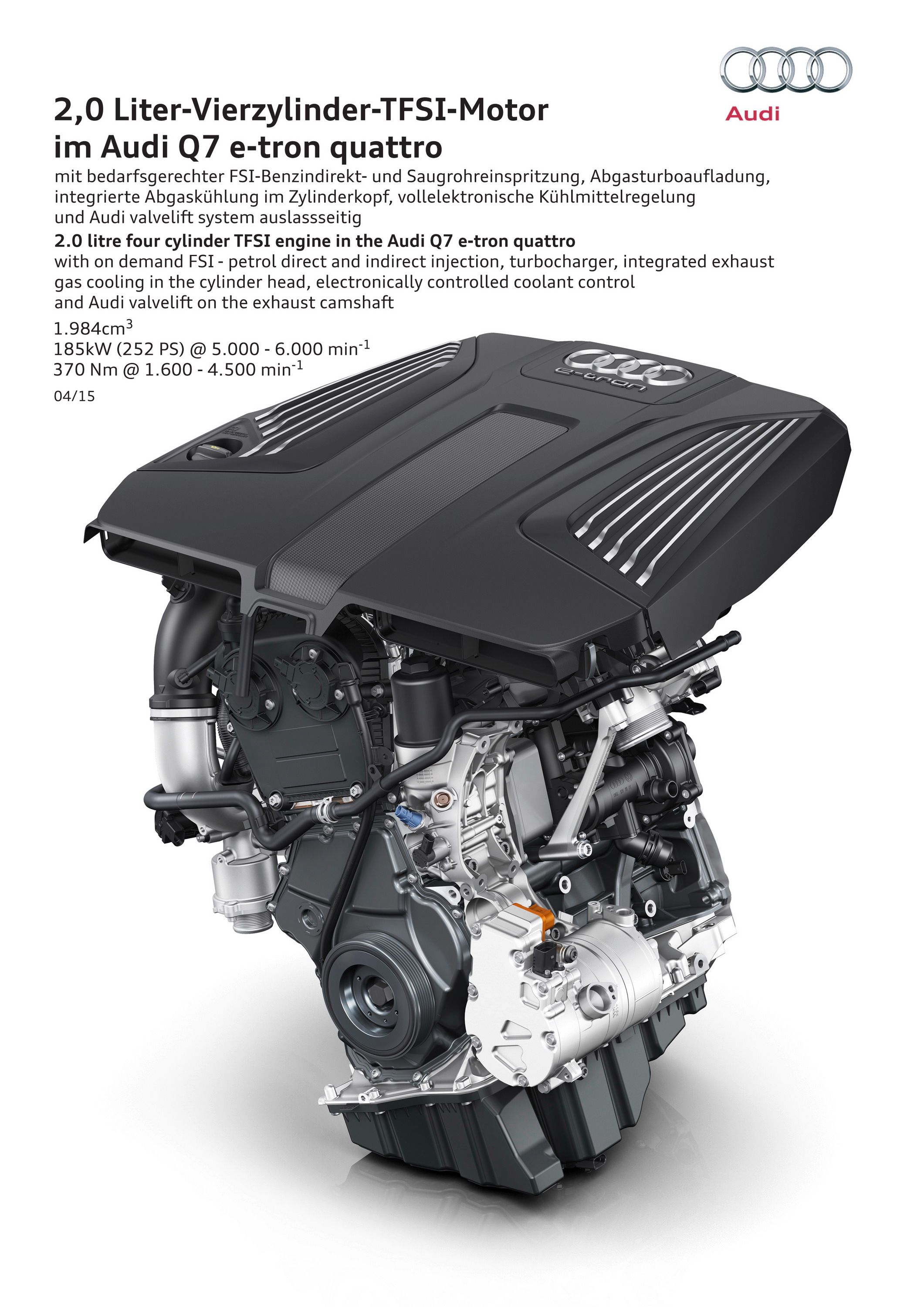As we inch closer to the full-electric car->ke1030 taking the place of gasoline-fueled cars, we are seeing a transition to plug-in hybrids.->ke4486 These models give buyers a short EV distance and a standard hybrid->ke147 setup for longer journeys. The Audi Q7->ke1083 has already joined these ranks with the 2016 Q7 e-tron 3.0 TDI at the 2015 Frankfurt Auto Show,->ke235 and now it is spreading the e-tron->ke3605 love to China->ke2090 with the Q7 e-tron 2.0 TFSI.
I don’t know exactly why Audi->ke14 decided to use a different engine in the China-spec Q7 e-tron, but I can only assume that it is because diesel->ke1917 engines are not popular there. In the U.S., we’ve had the same issues with diesel vehicles, but Audi’s never been overly shy about offering diesel-powered cars here.
How does this China-exclusive version of the Q7 e-tron stack up next to the already unveiled TDI version?
Find out by continuing to read my full review 2015 Q7 e-tron 2.0 TFSI.
2016 Audi Q7 e-tron 2.0 TFSI quattro
- Make: Array
- Model: 2016 Audi Q7 e-tron 2.0 TFSI quattro
- Engine/Motor: inline-4
- Horsepower: 367
- Torque: 516
- Transmission: eight-speed tiptronic
Exterior
On the outside, the Q7 e-tron 2.0 TFSI carries all of the design cues of the standard Q7. Things like the Singleframe grille and the flared wheel arches carry over unchanged. However, a few details are specific to this fuel-sipping model, like the lightly restyled grille, the restyled air intake surrounds with LED lights, the restyled wheels, and the special rear diffuser. Like the Q7 that debuted earlier in 2015, this version has a 0.34 Cd, which helps maximize its fuel economy.
Other than those few special additions to the body, the untrained eye likely couldn’t distinguish this model from the standard Q7.
Interior
Like the exterior, the interior of the Q7 e-tron has only a few distinguishing characteristics. However, even the untrained eye may spot the differences. The key changes include a standard MMI all-in-touch system, a 3D sound system, a special section in the infotainment system that monitors the e-tron’s consumption and electric range, and a charging/precooling/preheating timer that helps get the car ready well before you ever hop in for your morning commute.
Other features, like the Audi Virtual Cockpit, MMI navigation, voice controls, and tons of upscale materials all carry over from the standard Q7.
Drivetrain
The drivetrain is the main event in the Q7 e-tron 2.0 TFSI, as this Asia-only model drops the 3.0-liter TDI engine from the European-spec Q7 e-tron and replaces it with the 2.0-liter TFSI engine. The gasoline engine produces 252 horsepower and 273 pound-feet of torque, while the parallel hybrid system adds another 126 horsepower and 258 pound-feet of torque. Altogether, this system develops 367 horsepower and 516 pound-feet of torque, which results in a 0-to-62 sprint time of just 5.9 seconds and a top speed of 136.7 mph.
An eight-speed tiptronic transmission handles all of the shifting duties, while the quattro all-wheel-drive system assures maximum traction.
Despite being powerful and fast, the Q7 e-tron 2.0 TFSI gets 94.1 mpg-e and emits only 96.6 grams of CO2 per mile. What’s more, the Q7 e-tron 2.0 TFSI can travel up to 32.9 miles on electric power alone, thanks to its 17.3 kWh battery that recharges in as little as 2.5 hours. With gasoline and electric power combined, this crossover can travel up to 633.8 miles between fill ups.
Drivers get to choose between four driving modes: EV, Hybrid, Battery Hold, and Battery Charge. EV mode is the default-starting mode for the Q7 e-tron, as the SUV->ke145 always launches from a stop in this mode and it does not allow the 2.0-liter engine to kick in until the driver presses the gas pedal beyond a specific point. Hybrid mode combines the electric motor and gasoline engine for most driving, but when the Q7 is coasting, the engine acts as a generator to recharge the battery. The Battery Charge mode charges the battery every time the driver lifts his foot off the gas pedal, and a paddle on the steering wheel allows the driver to regulate the energy recuperation. Audi didn’t outline the Battery Hold mode.
Drivetrain Specifications
|
Gasoline engine |
2.0 TFSI quattro |
|
Gasoline Output |
252 HP |
|
Torque |
273 Lb-FT |
|
Electric motor |
disk-shaped electric |
|
Electric Output |
94 kW |
|
Electric torque |
258 LB-FT |
|
System output |
367 HP |
|
System torque |
516 Lb-FT |
|
0 to 100 km/h (62.1 mph) |
5.9 seconds |
|
Top speed |
220 km/h (136.7 mph) |
|
Electric range |
53 kilometers (32.9 mi) |
|
Total range |
1,020 kilometers (633.8 mi) |
Prices
Audi has not released any pricing details yet, but it will only offer this model in China, so forget about seeing it in America.
Competition
Volvo XC90 T8
The Volvo XC90->ke3145 T8 is a huge step forward for Volvo->ke188 and all seven-passenger SUVs, as it proved not only that the brand was set to revolutionize the industry, but also that a seven-seat SUV can be economical. Powered by a 2.0-liter four-cylinder engine and an electric motor driving the rear axle, this twin-engine people hauler produces a mighty 394 horsepower, sprints to 60 mph in just 5.7 seconds, and can travel 17 miles on electricity alone.
On top of being fast, the XC90 T8 is loaded with all sorts of premium wares. The base model alone comes with leather seating, electric seat cushion extensions, a crystal gear shifter, and LED headlights. With all of this luxury->ke505 and tech comes a steep price, as the XC90 T8 starts from $68,100 in the U.S.
Read our full review here.
Mercedes-Benz GLE 500 e
The Mercedes GLE 500 e plug-In hybrid->ke4486 is still very much in its infancy, as it was only recently unveiled at the 2015 New York Auto Show.->ke226 It uses a twin-turbocharged, 3.0-liter V-6 engine that produces 333 horsepower and an electric motor that adds another 166 horsepower.
The entire system's output is a massive 442 horsepower and 479 pound-feet of torque, while the 8.8 kWh lithium-ion battery gives it an all-electric range of 18 miles. It hasn't been EPA-rated yet, as the model will reach the U.S. market sometime toward the end of 2015.The rest of the model is typical Mercedes-Benz.->ke187 This means gobs of luxury and a price tag a bit north of all its competitors.
Read our full review here.
Conclusion
I love the fact that Audi is diving into the e-tron project with both feet, and this model is particularly intriguing because of its mixture of speed, sexiness and fuel economy. I am wondering if Audi is spreading itself out a little too quickly. To build a low-volume model like this specifically for China seems a bit of a risk, but I am sure that the bean counters have done their due diligence to make sure that the chances are good for success.

